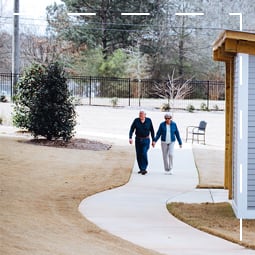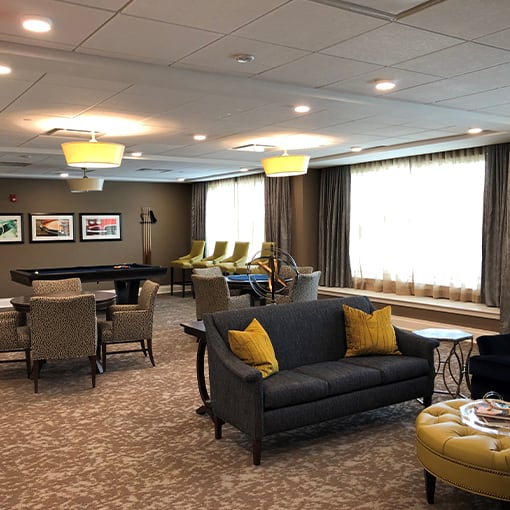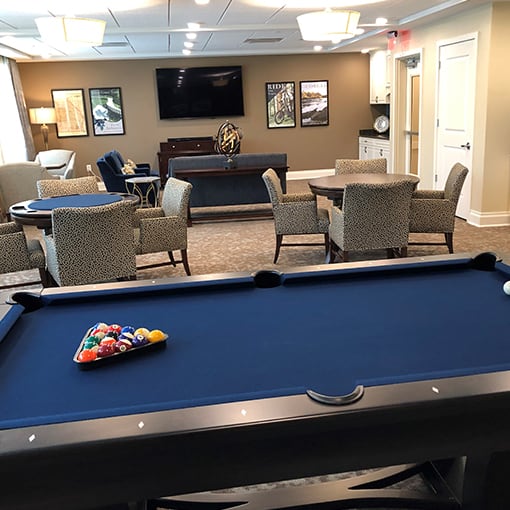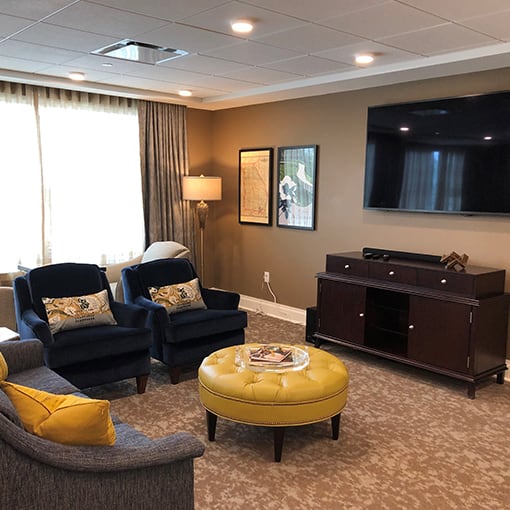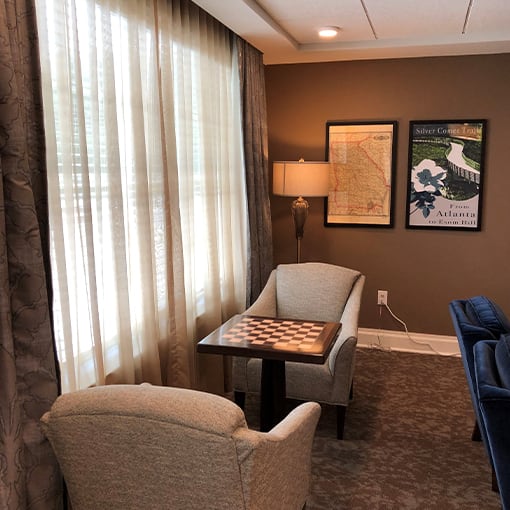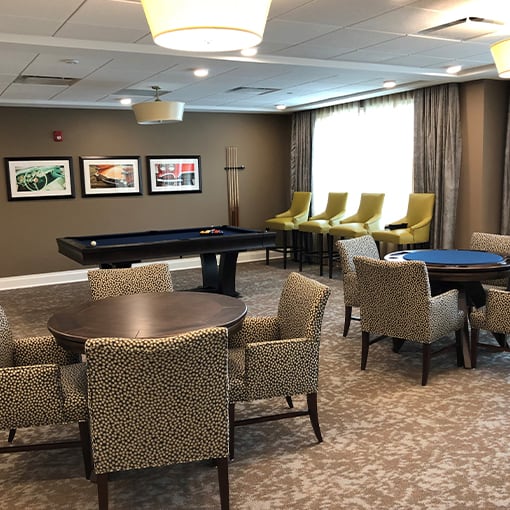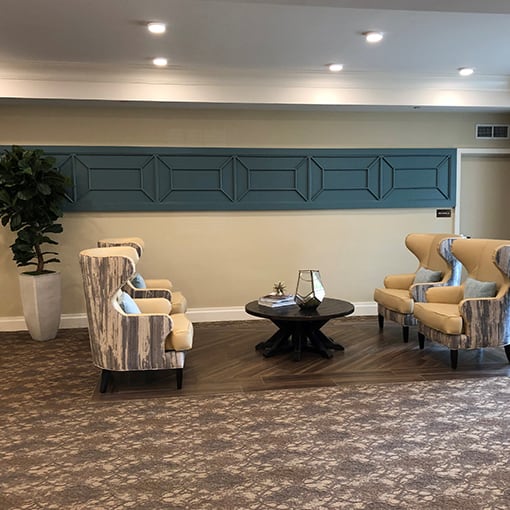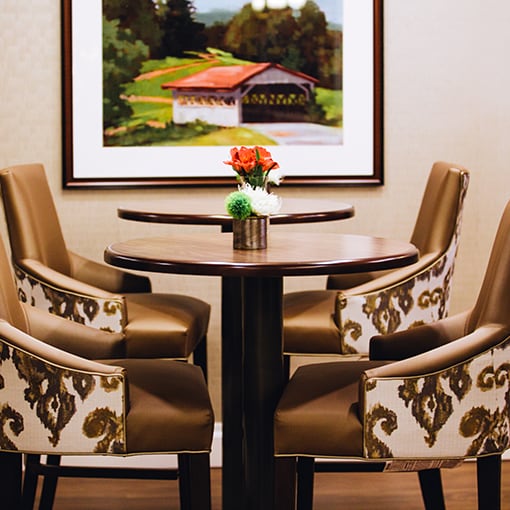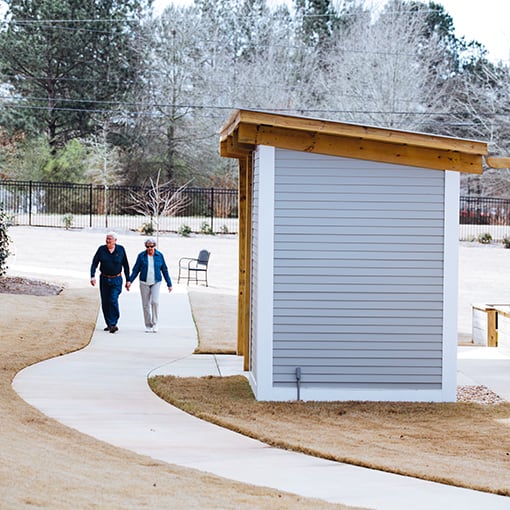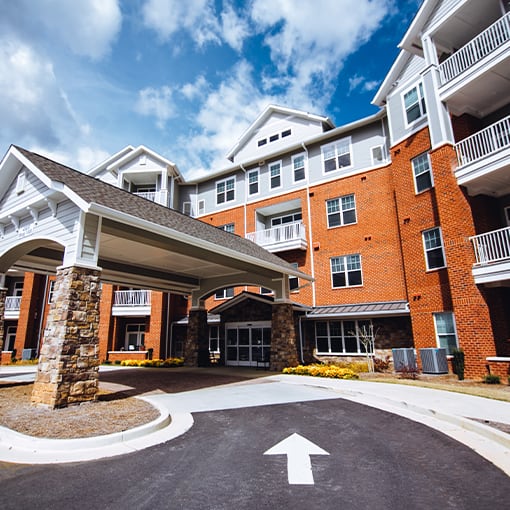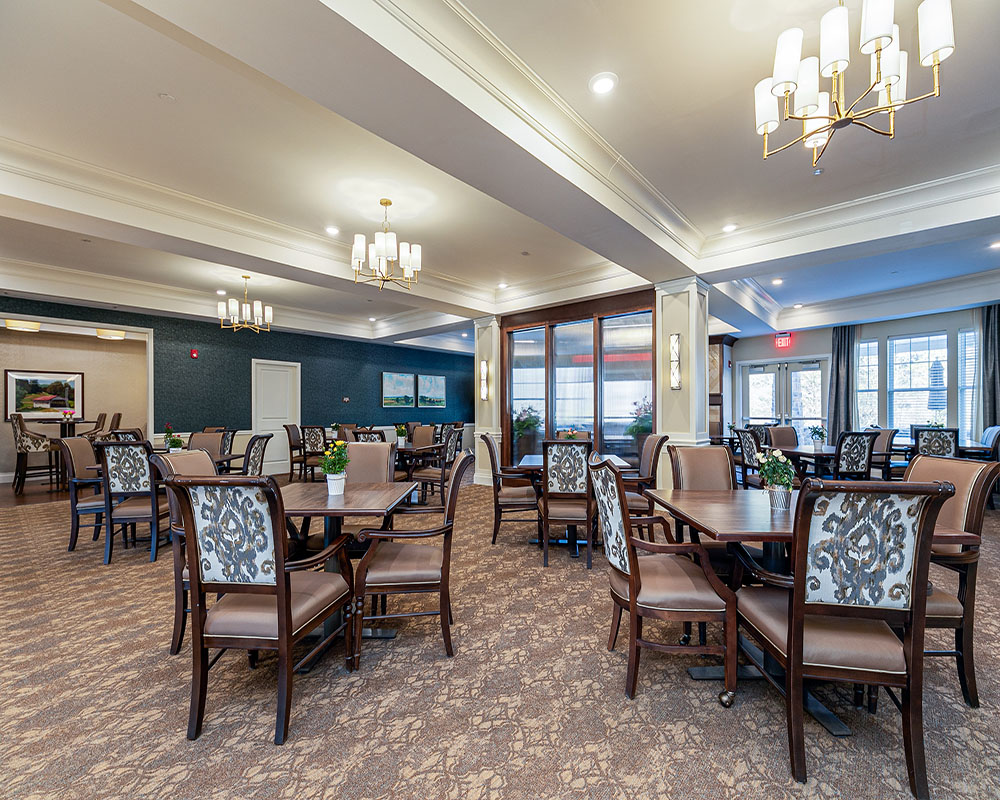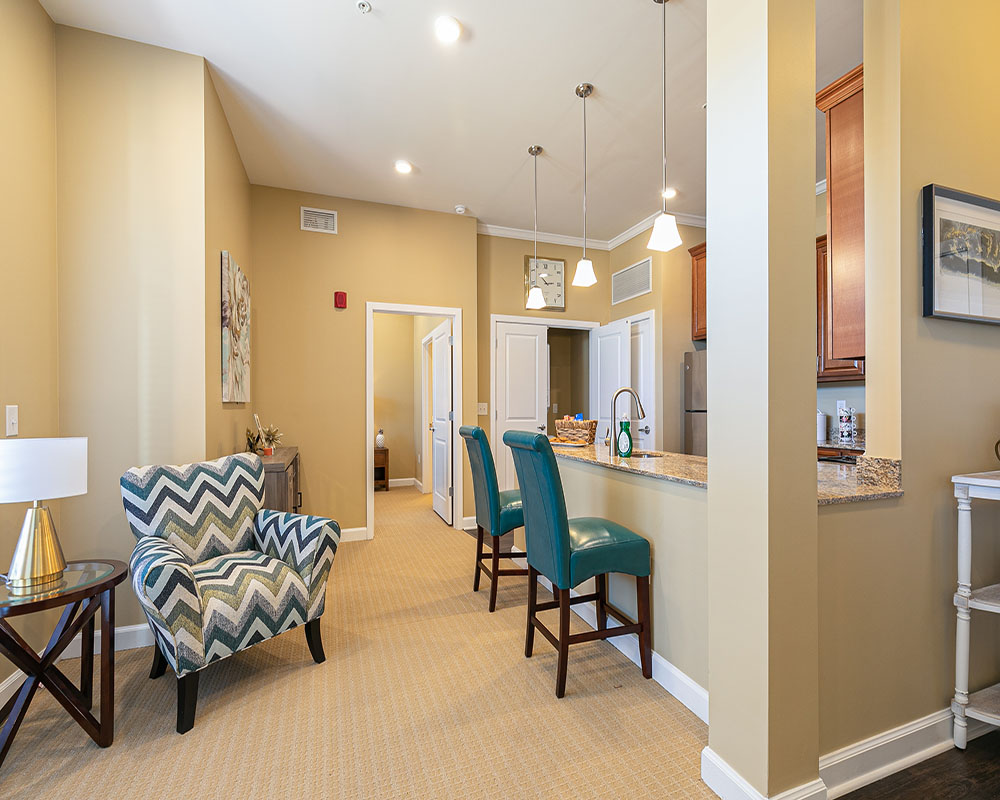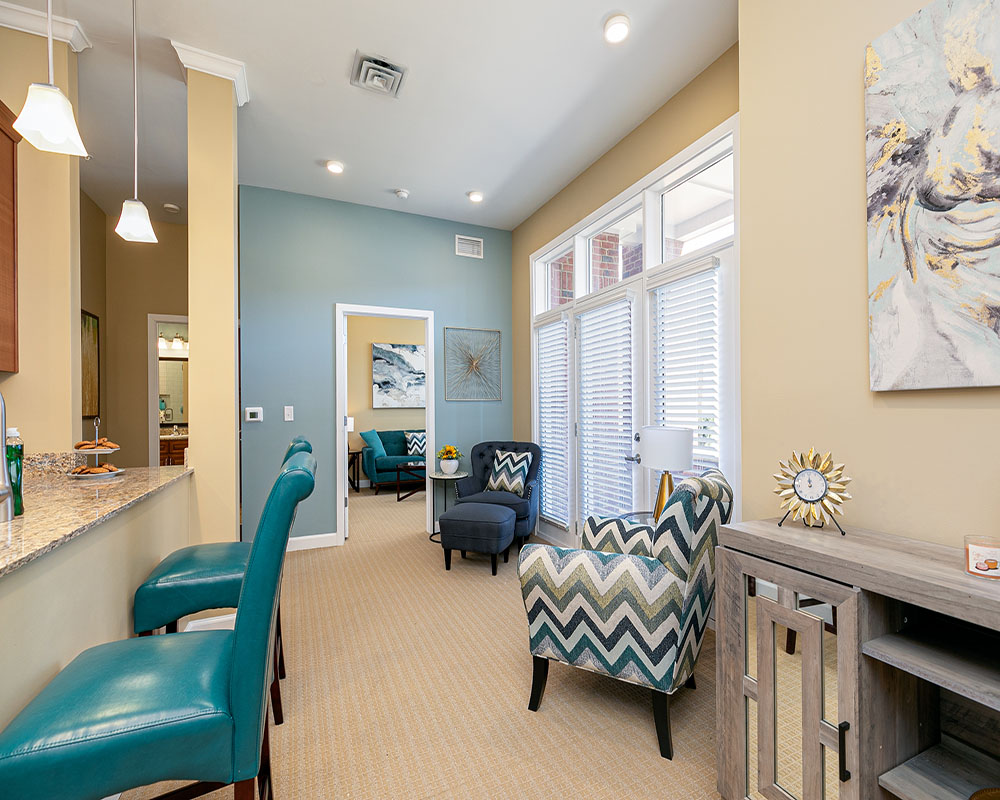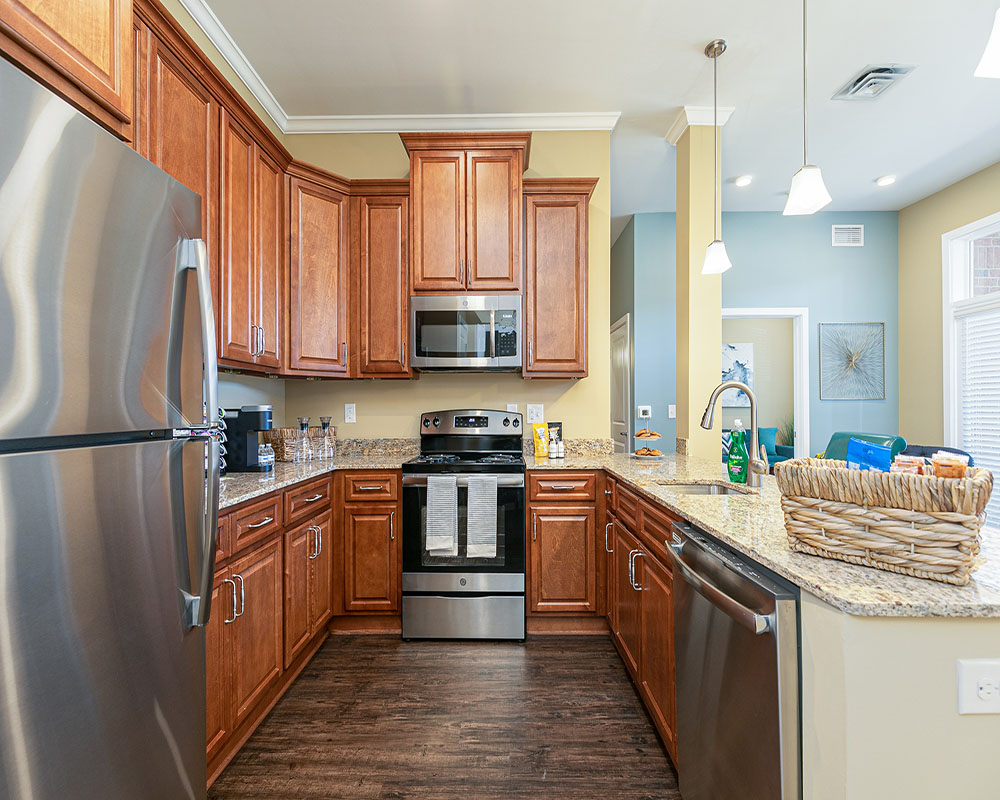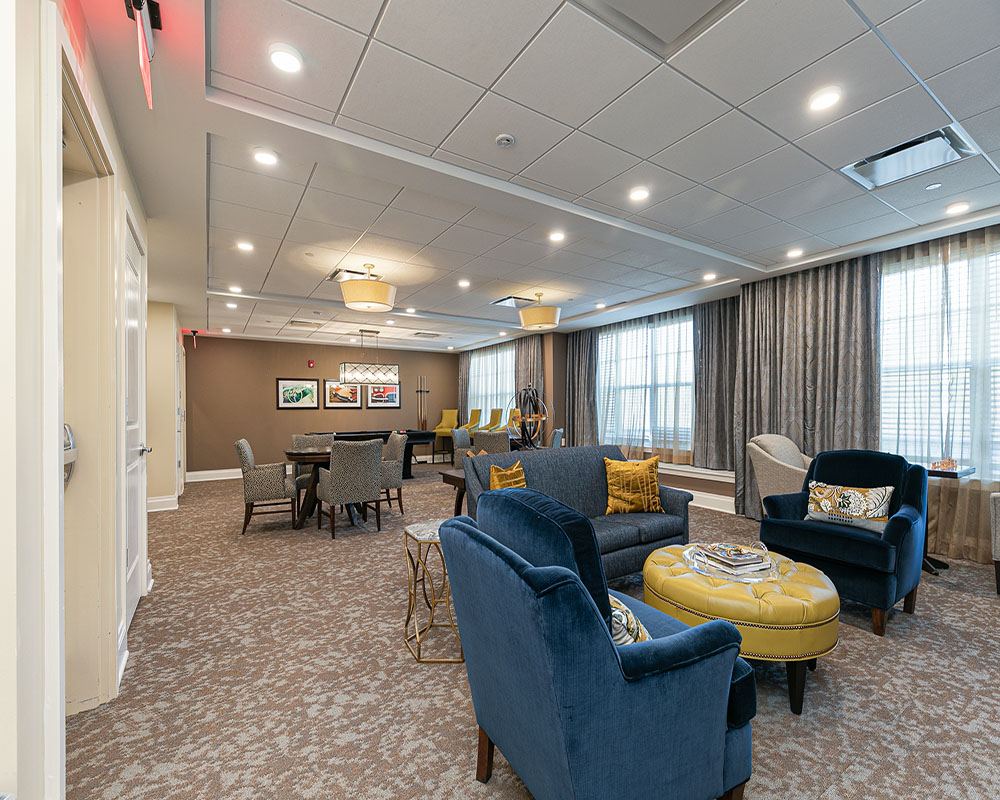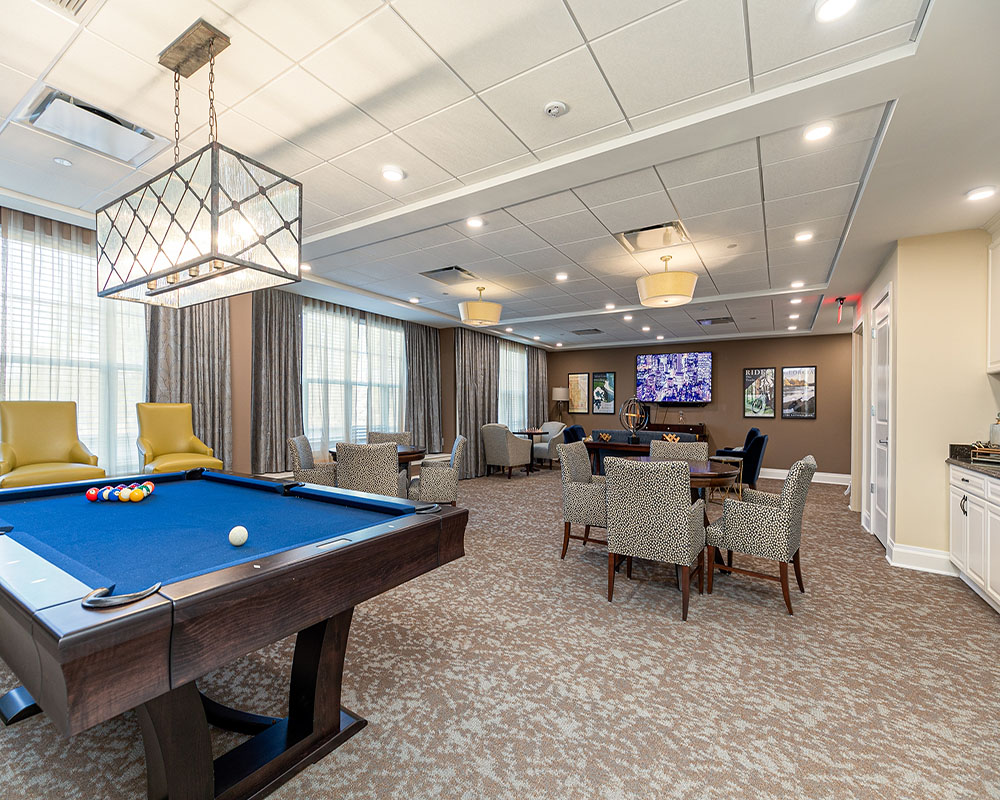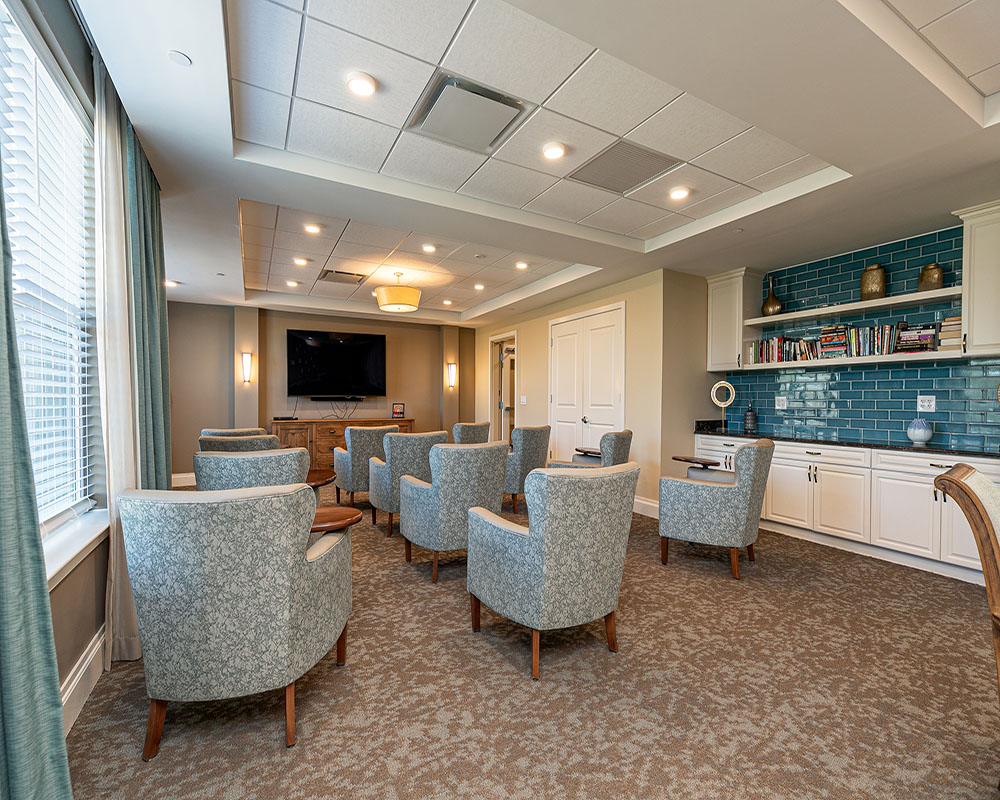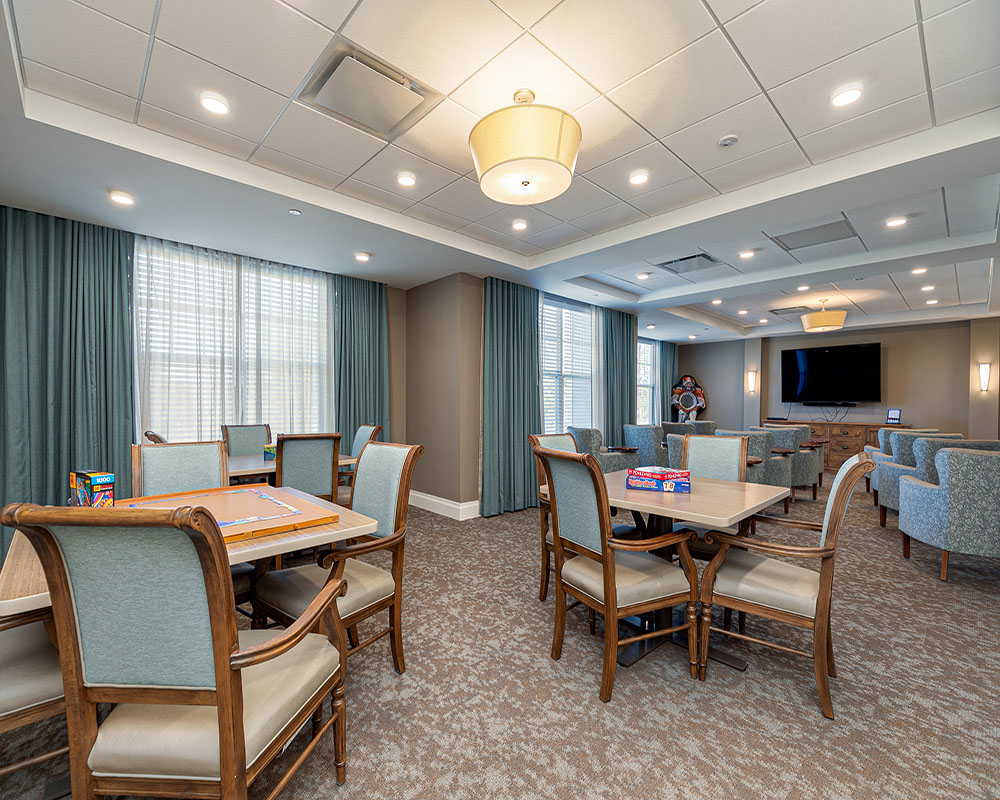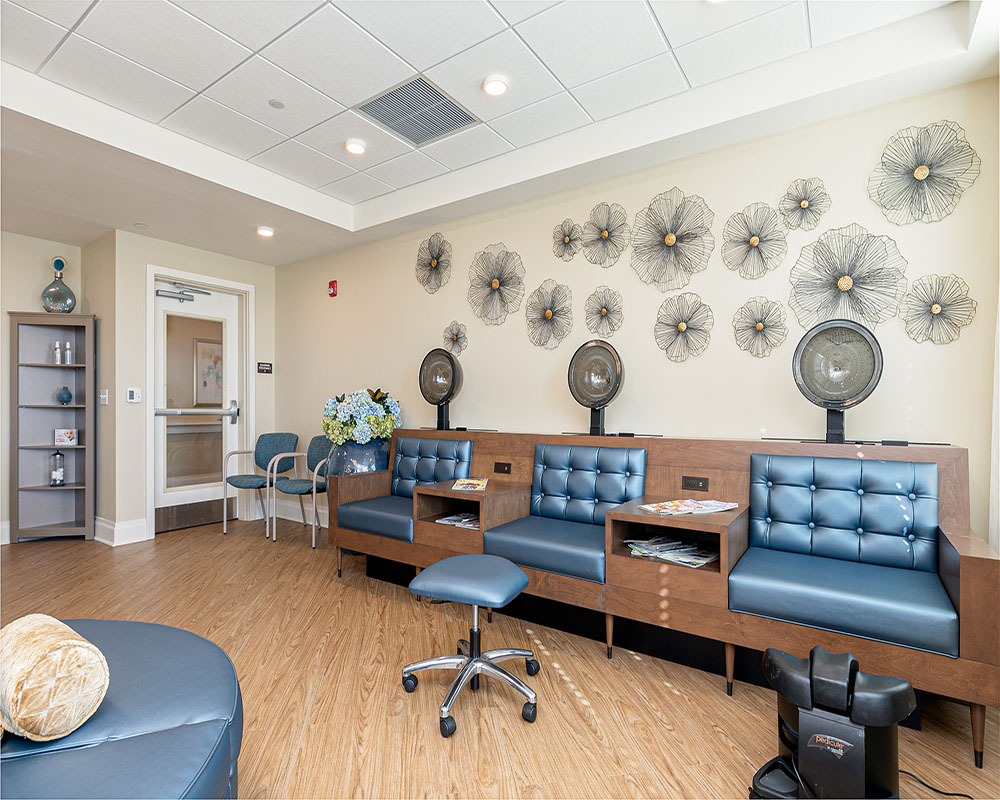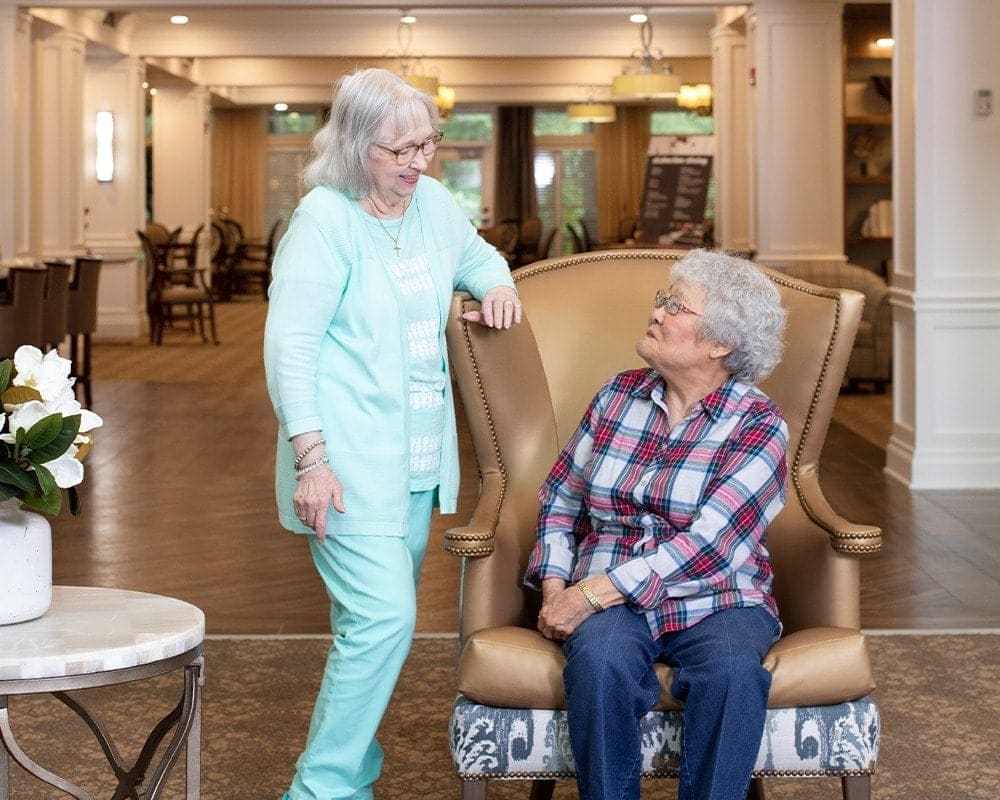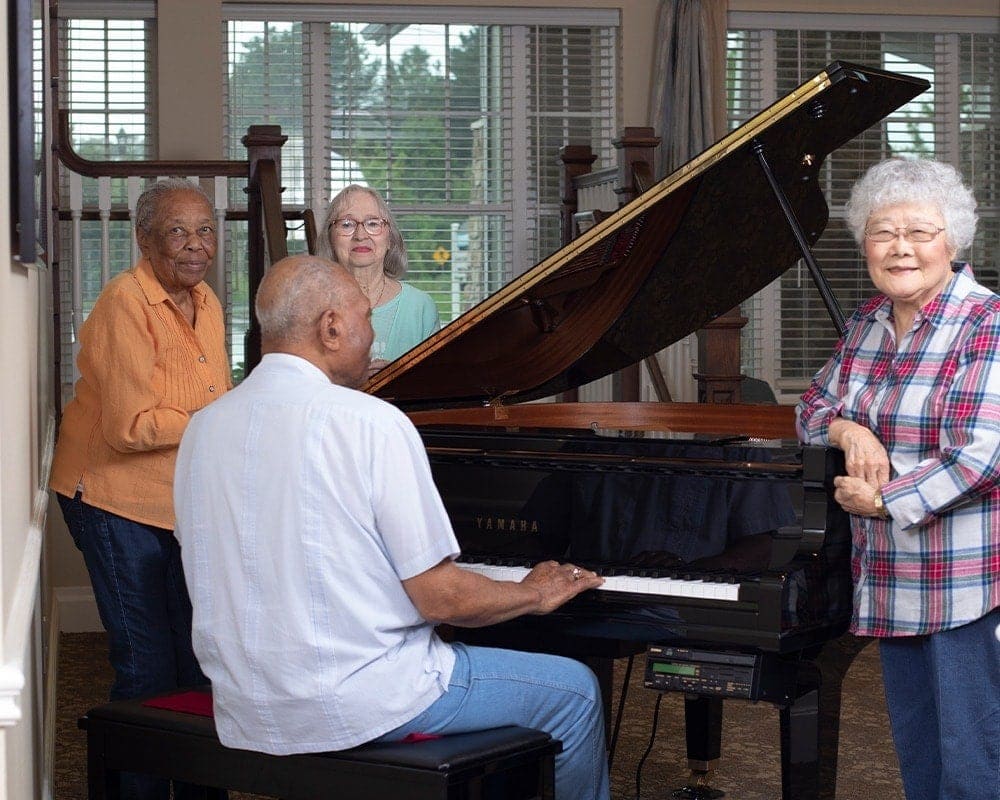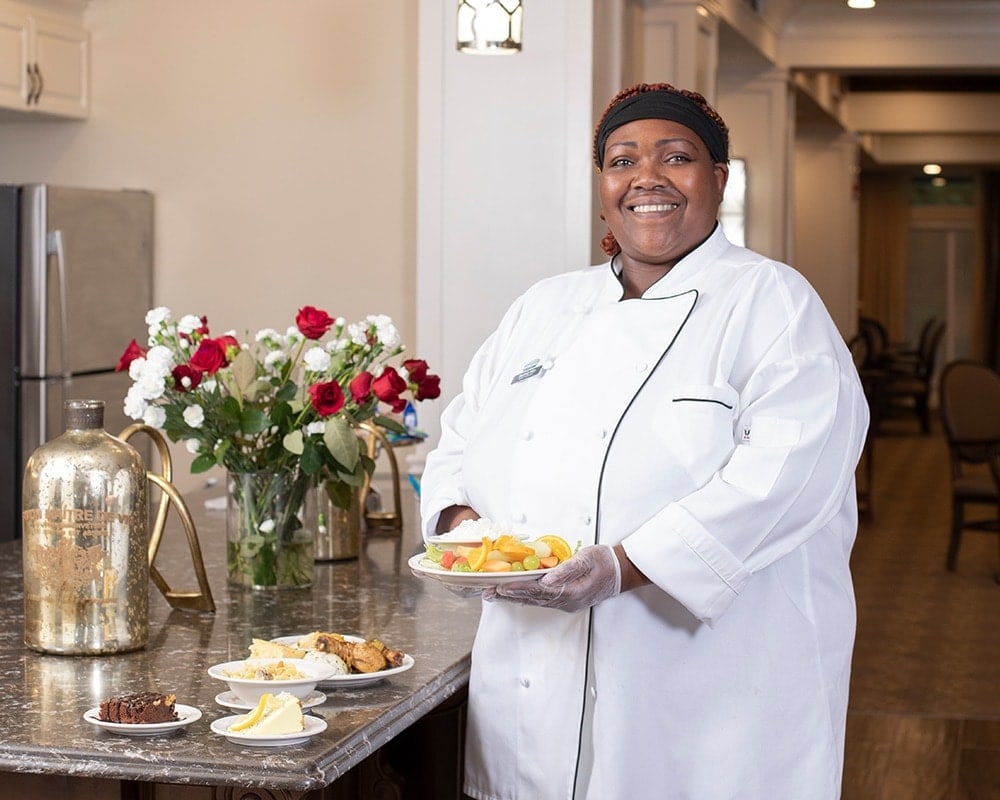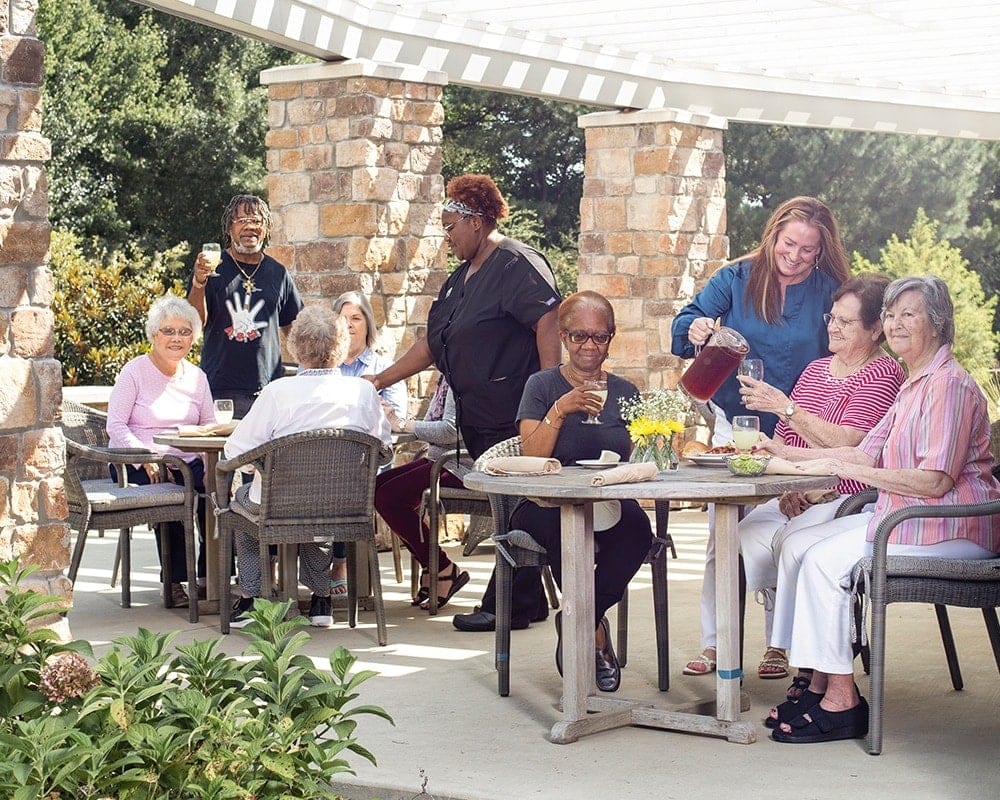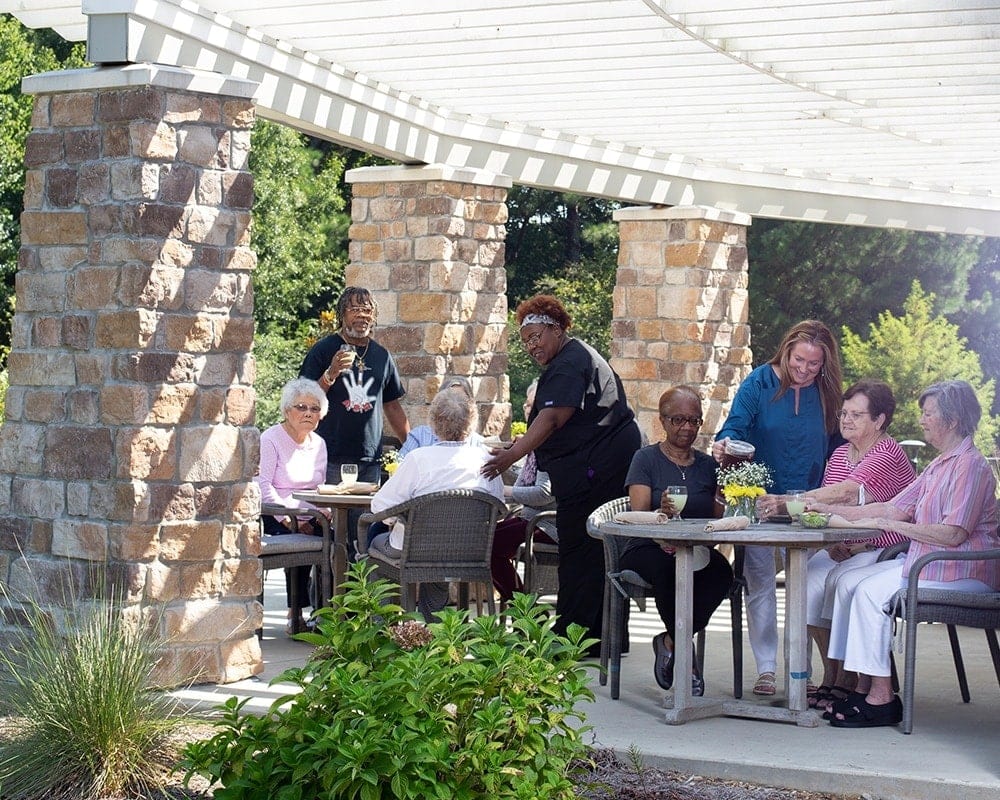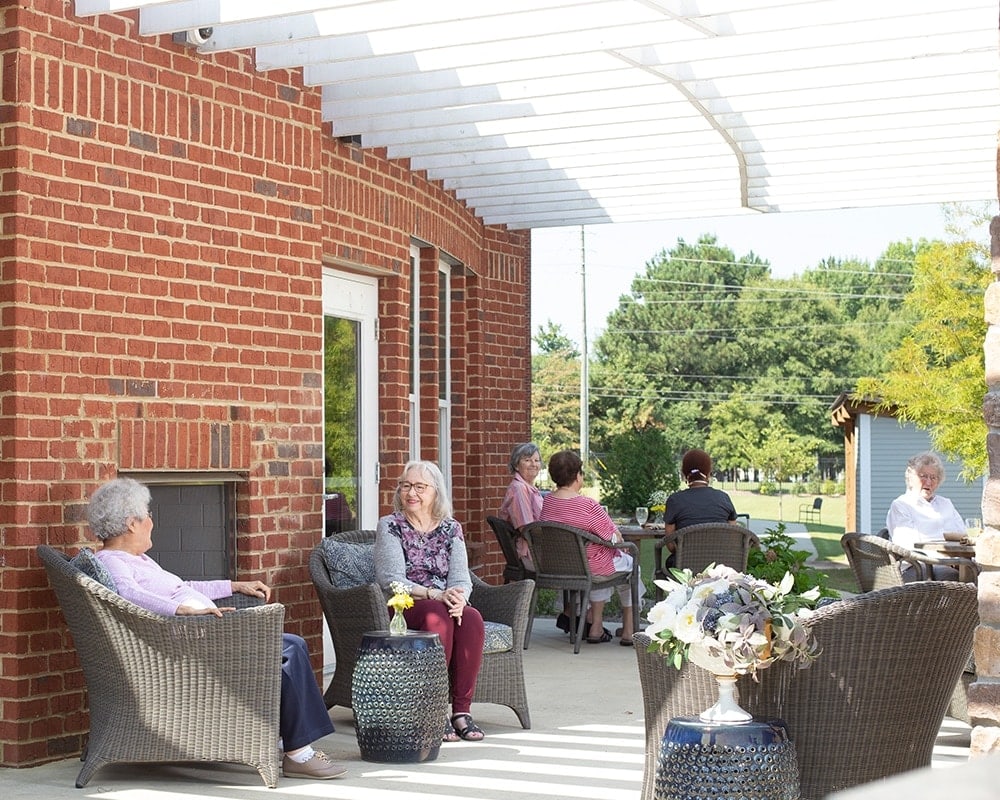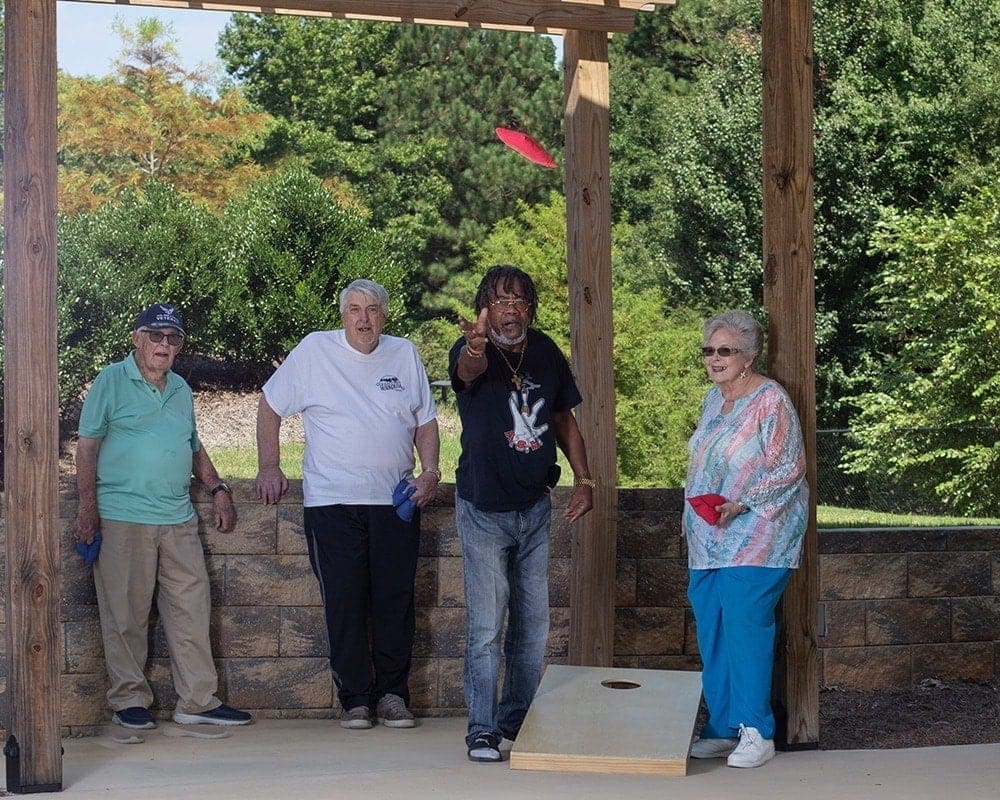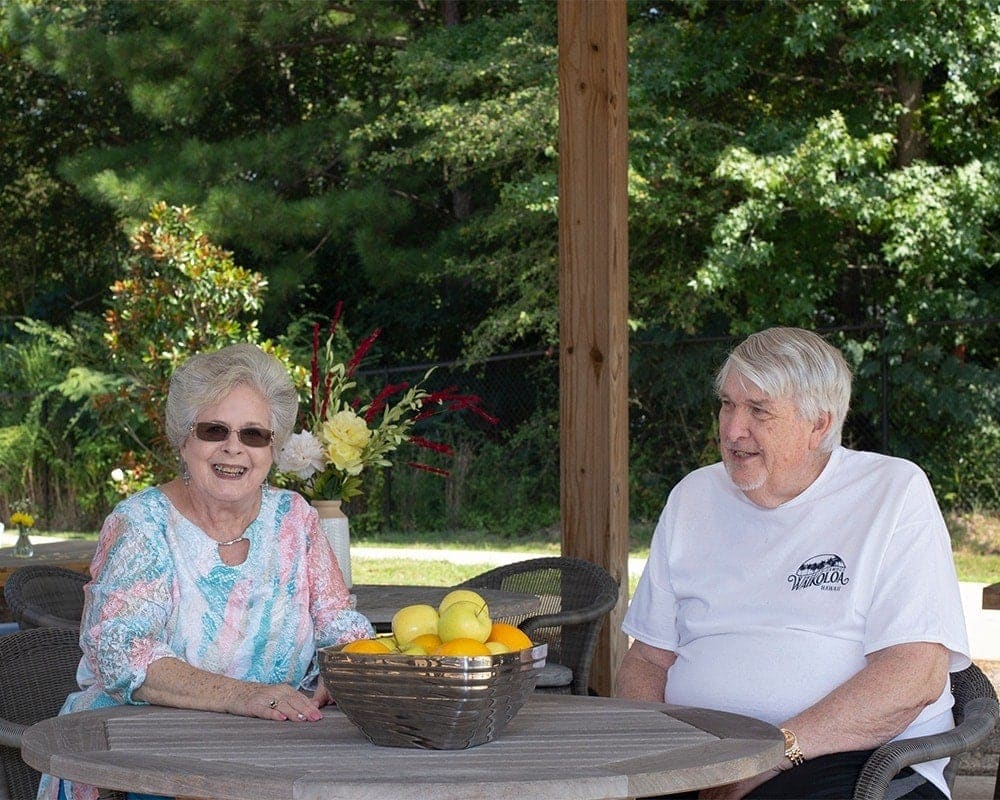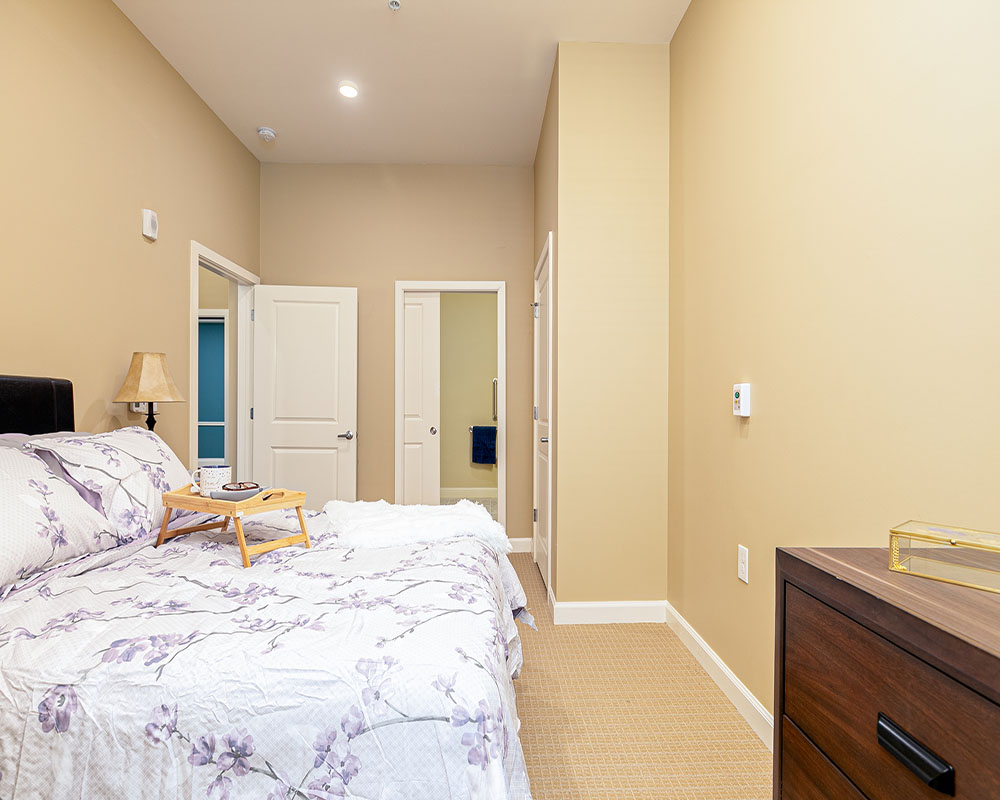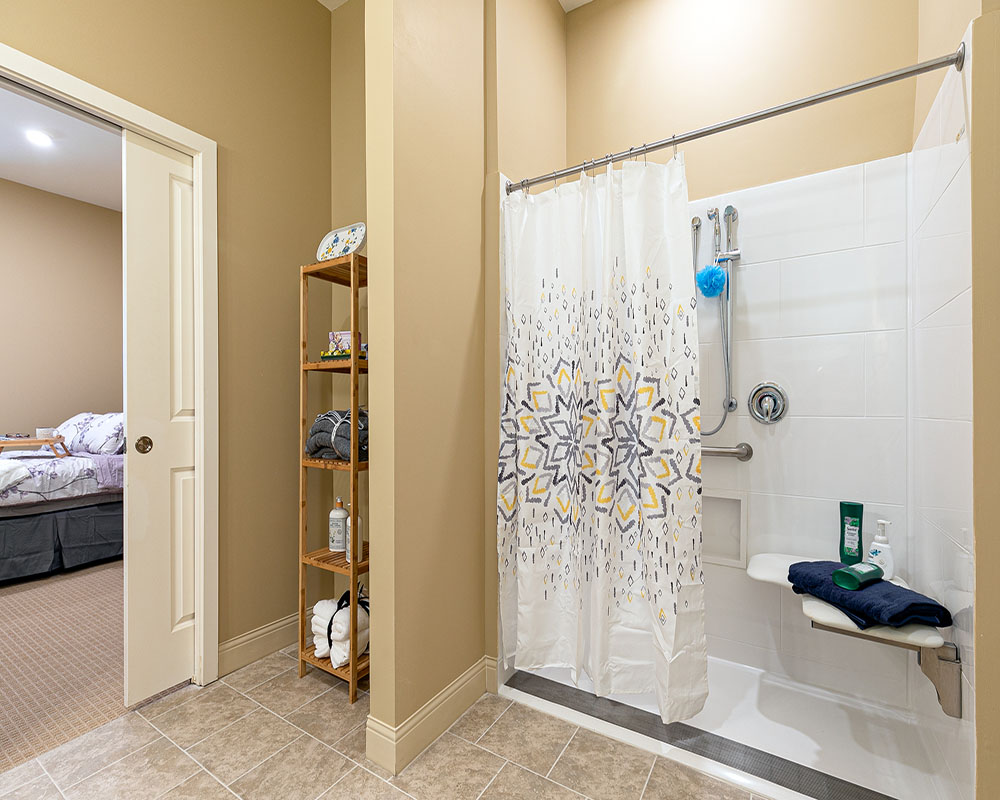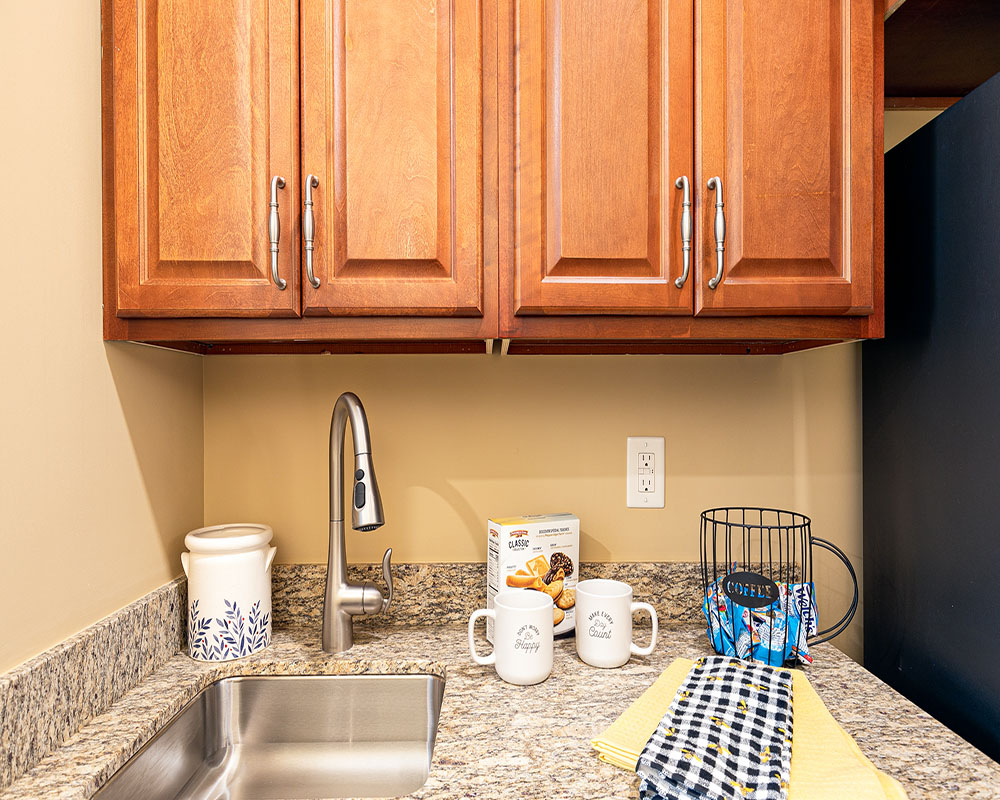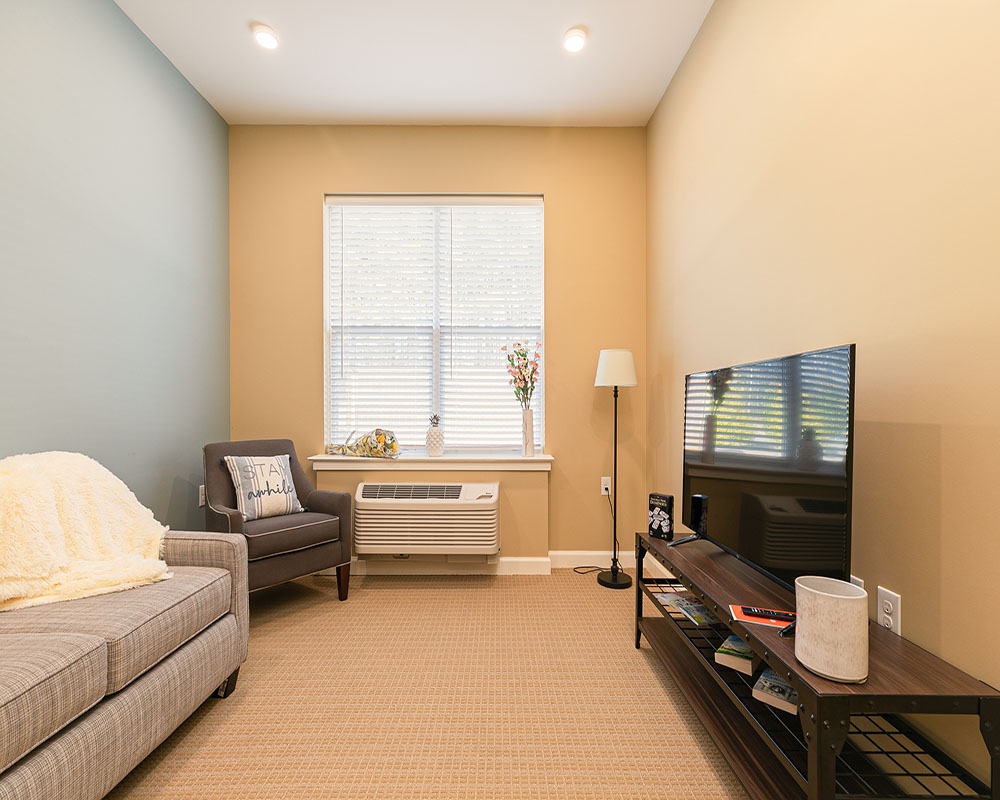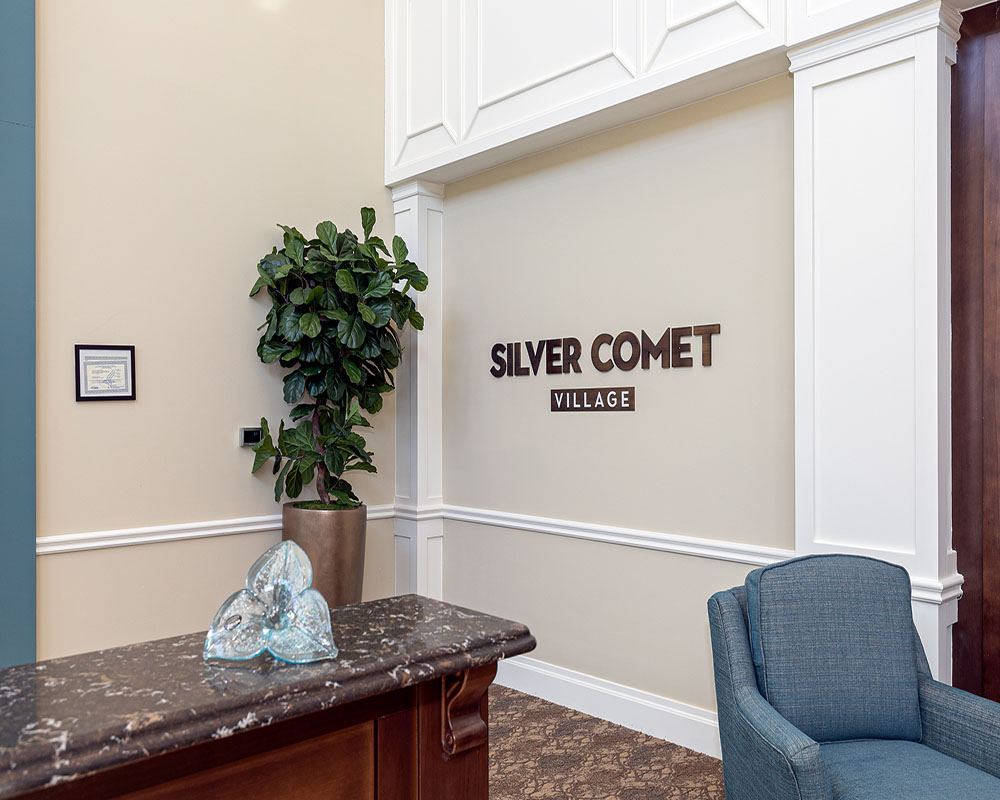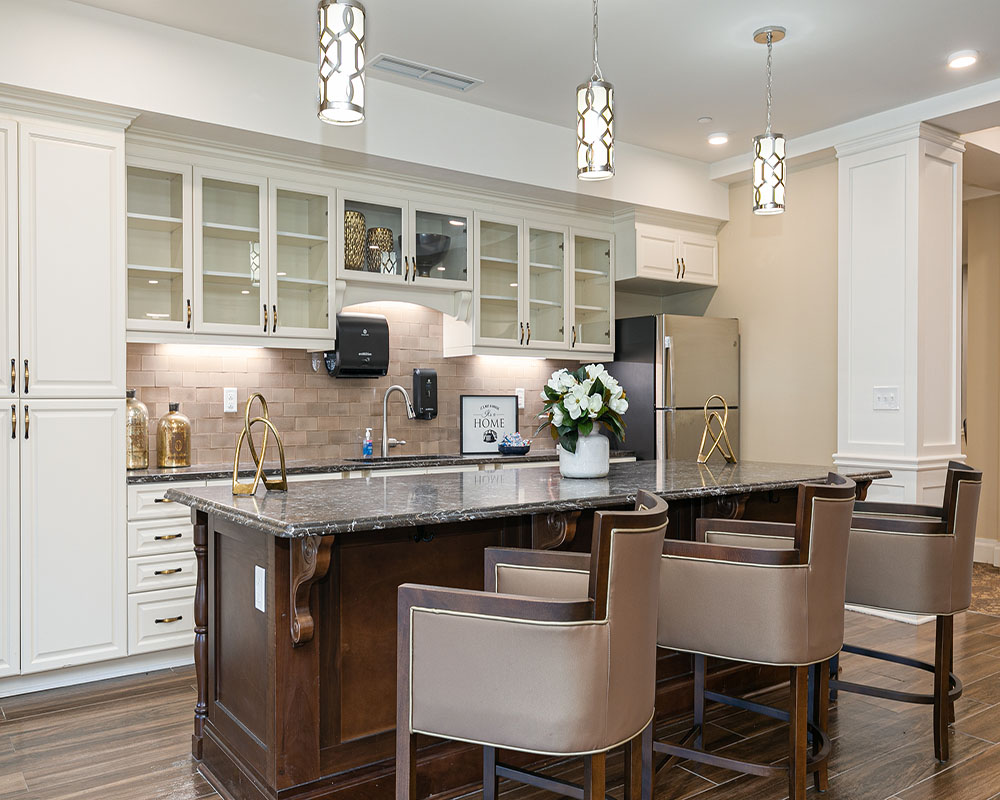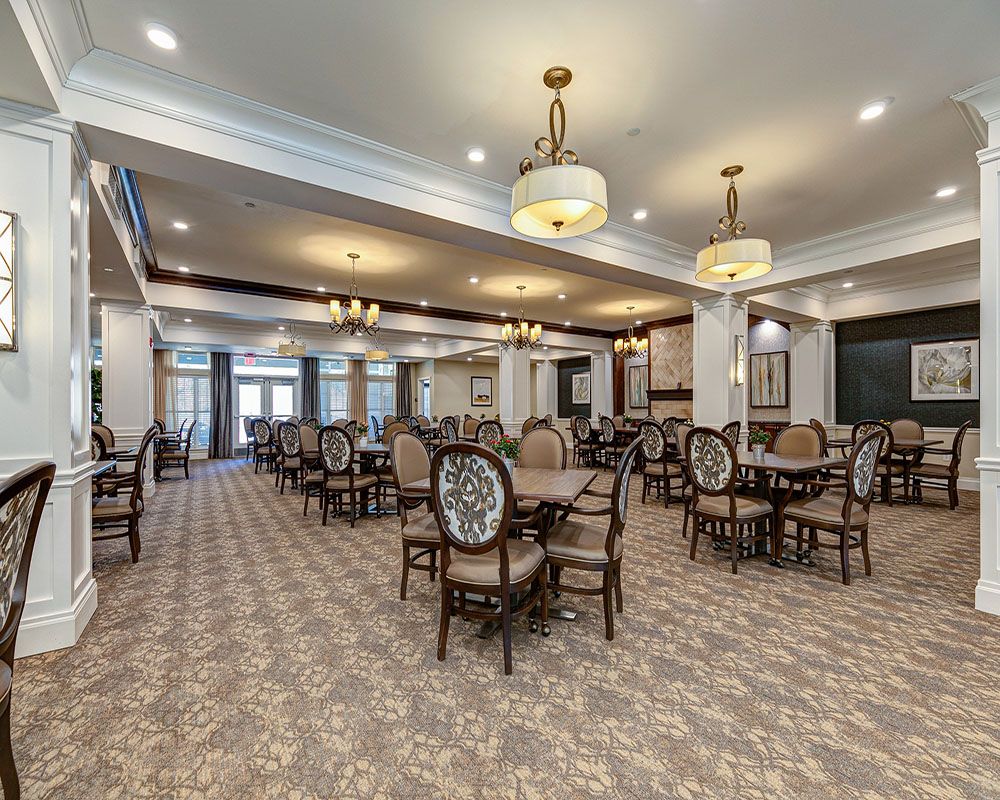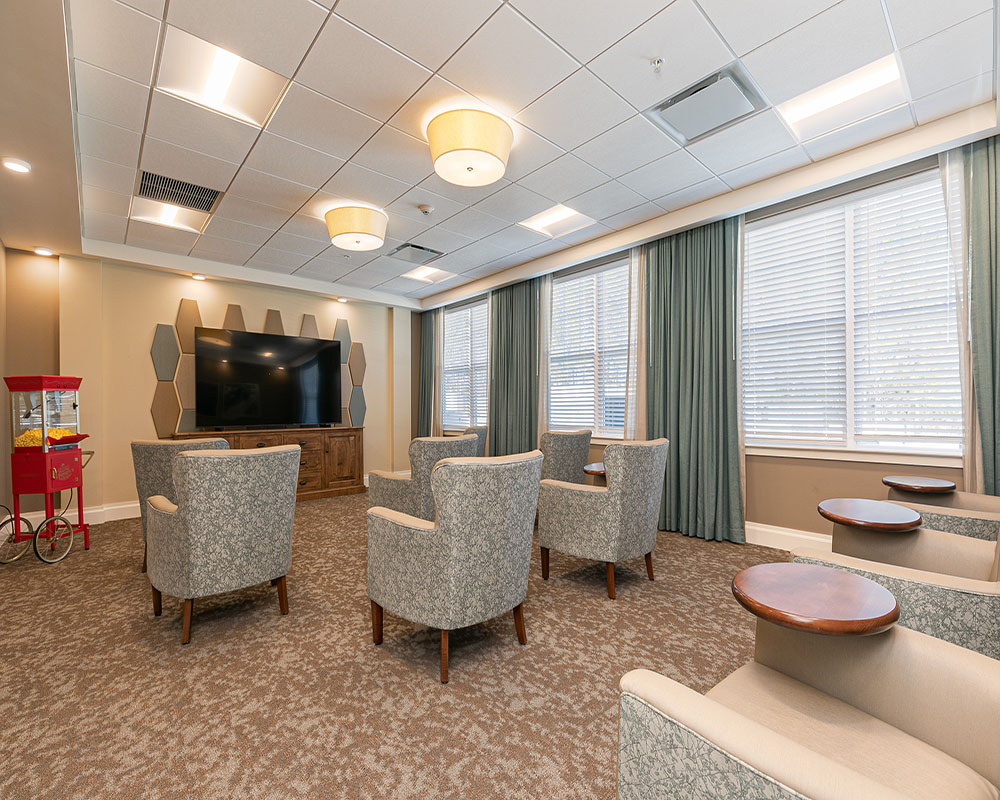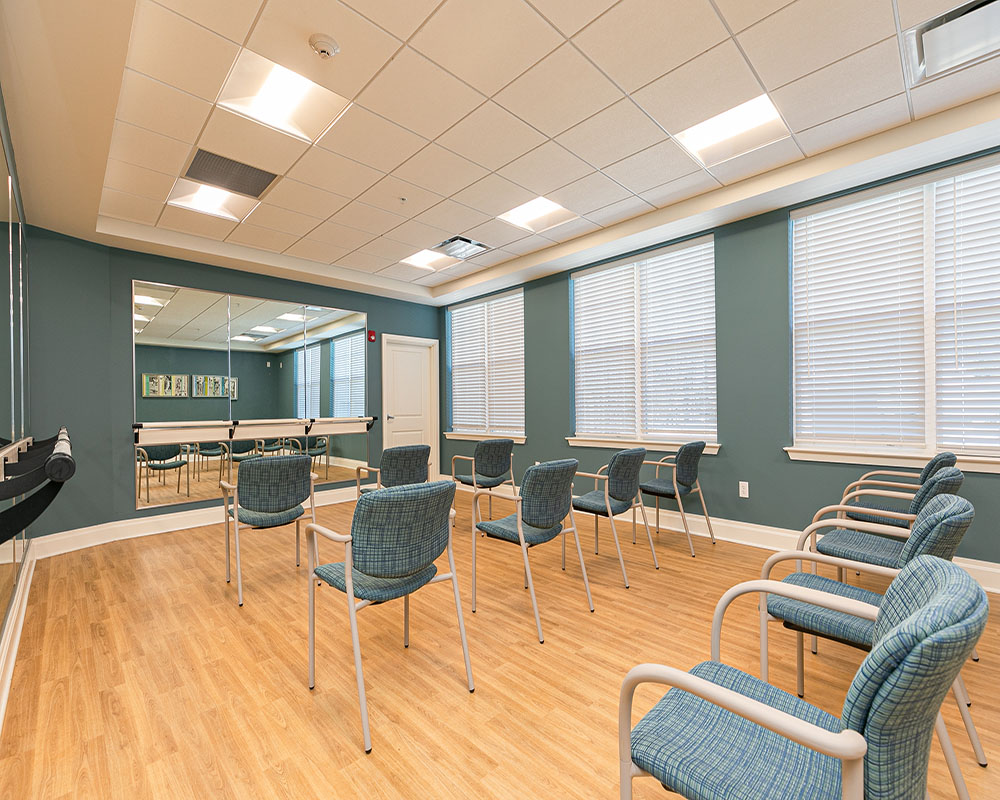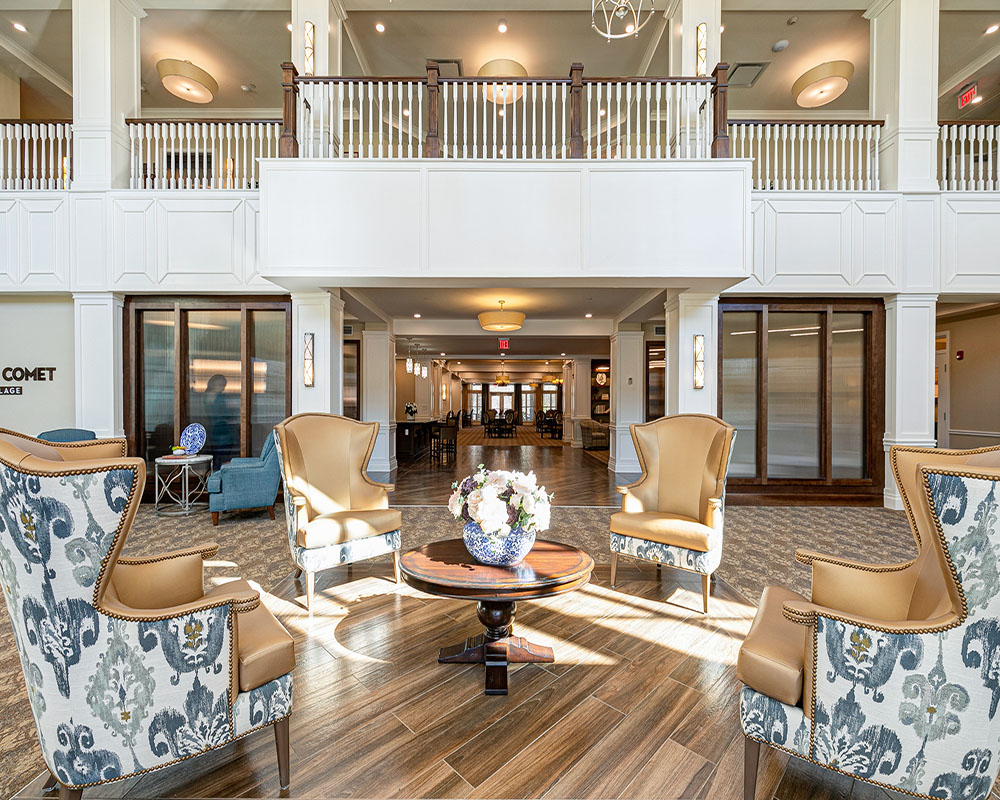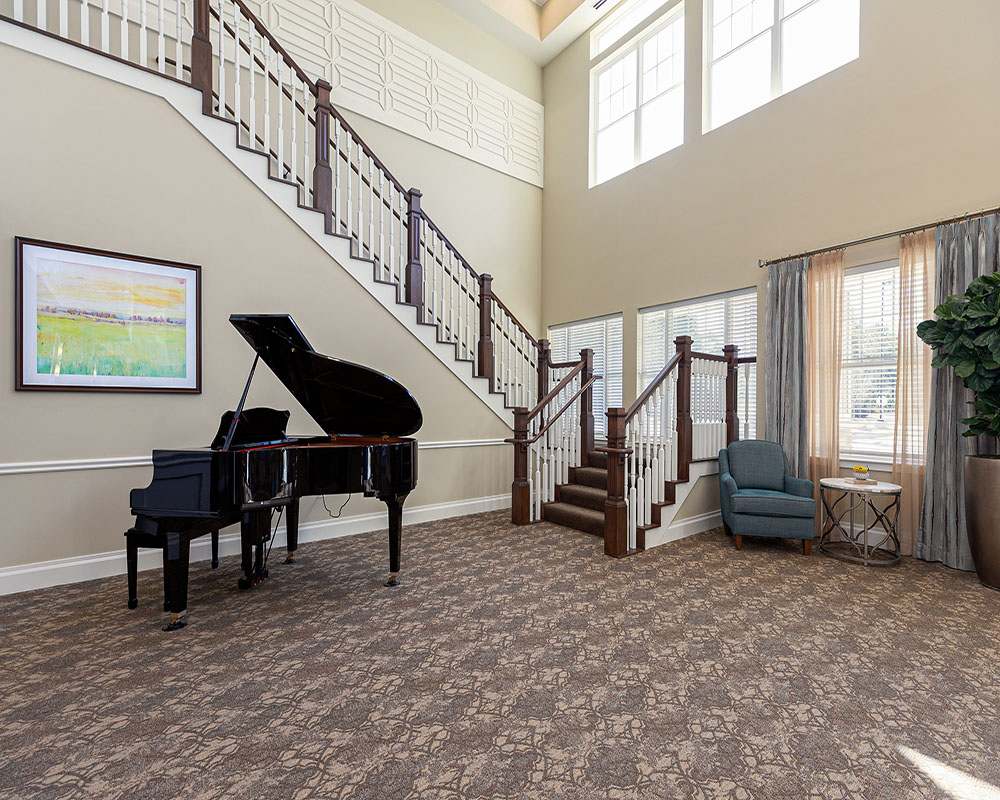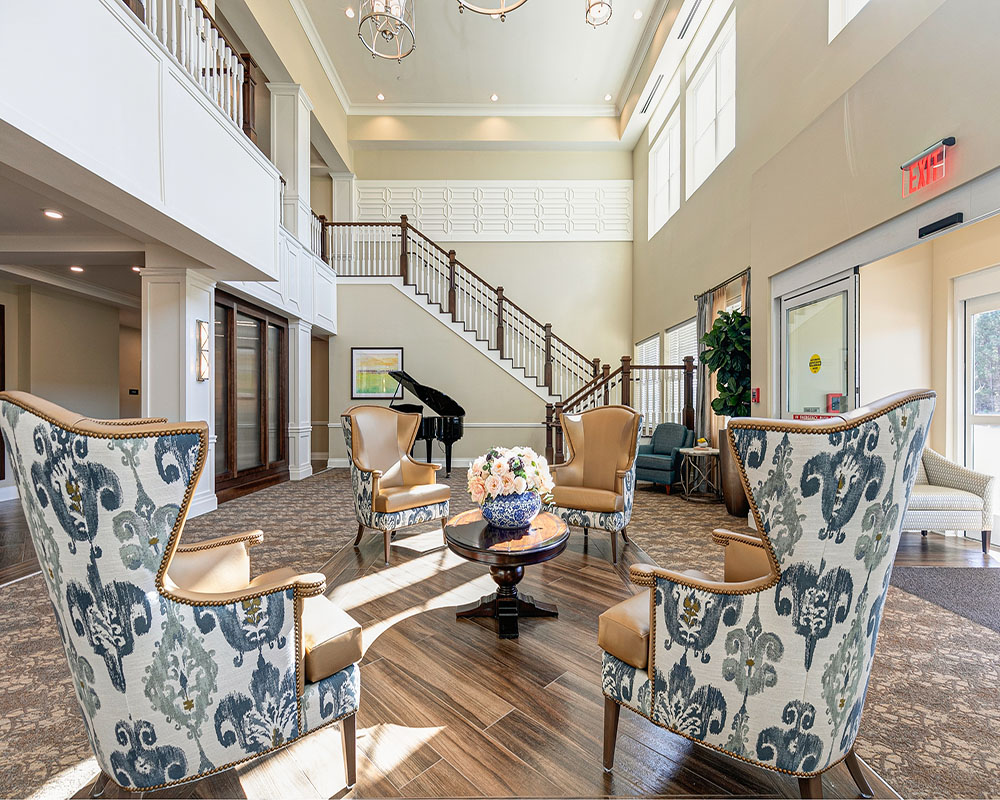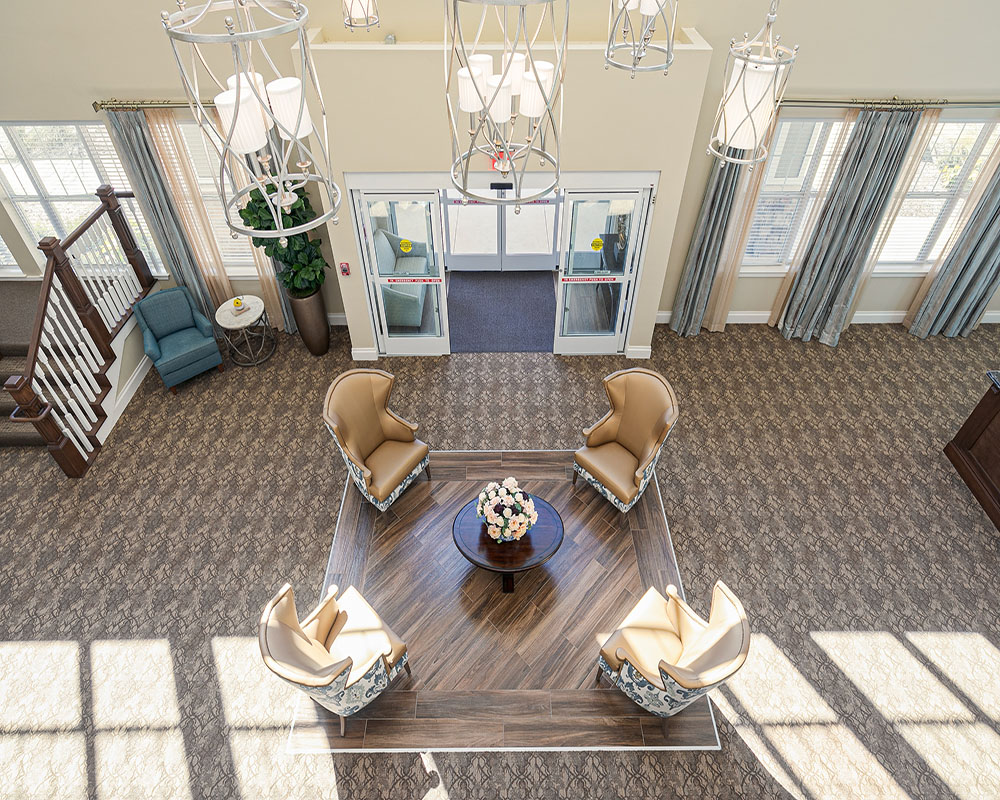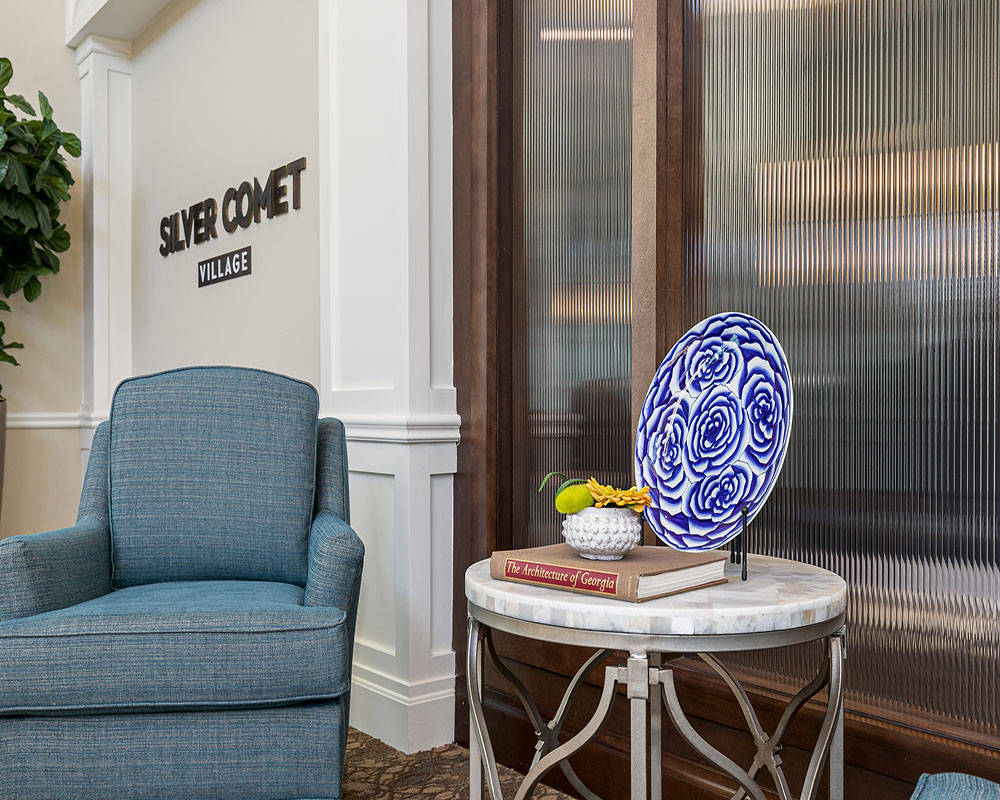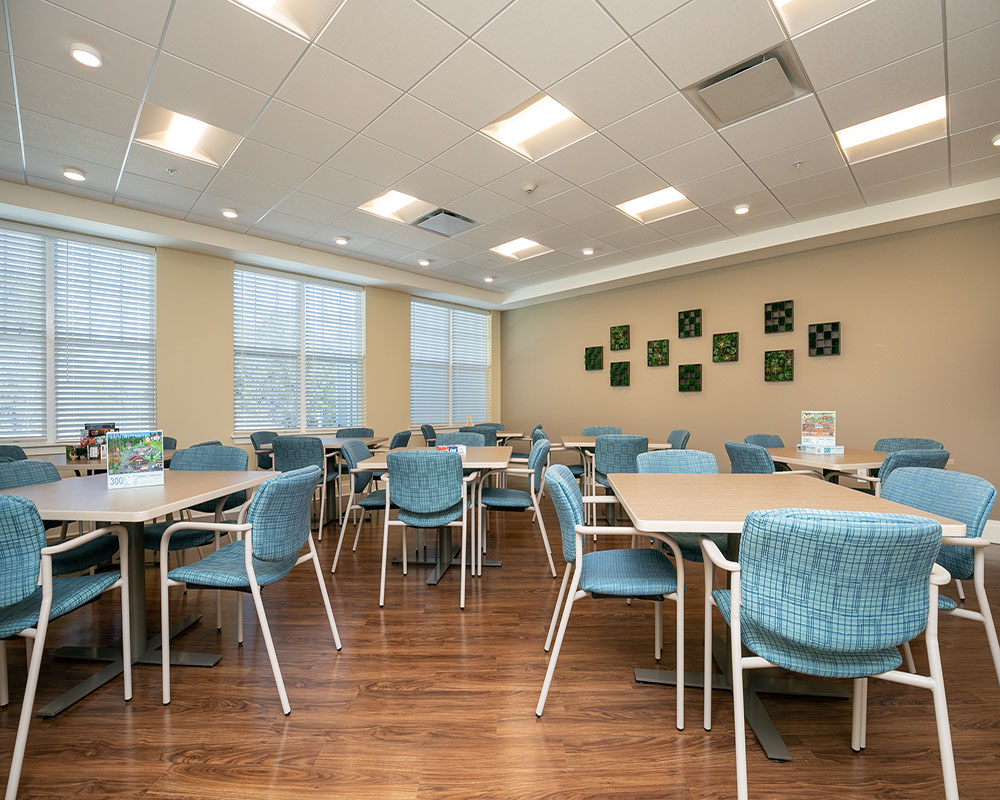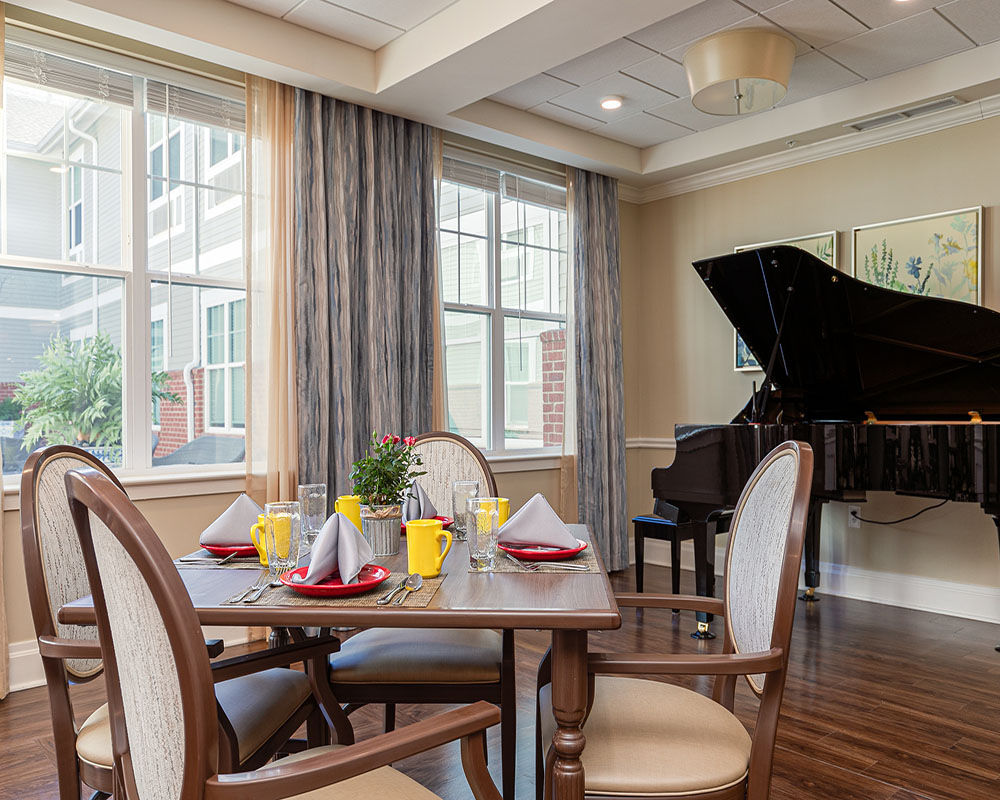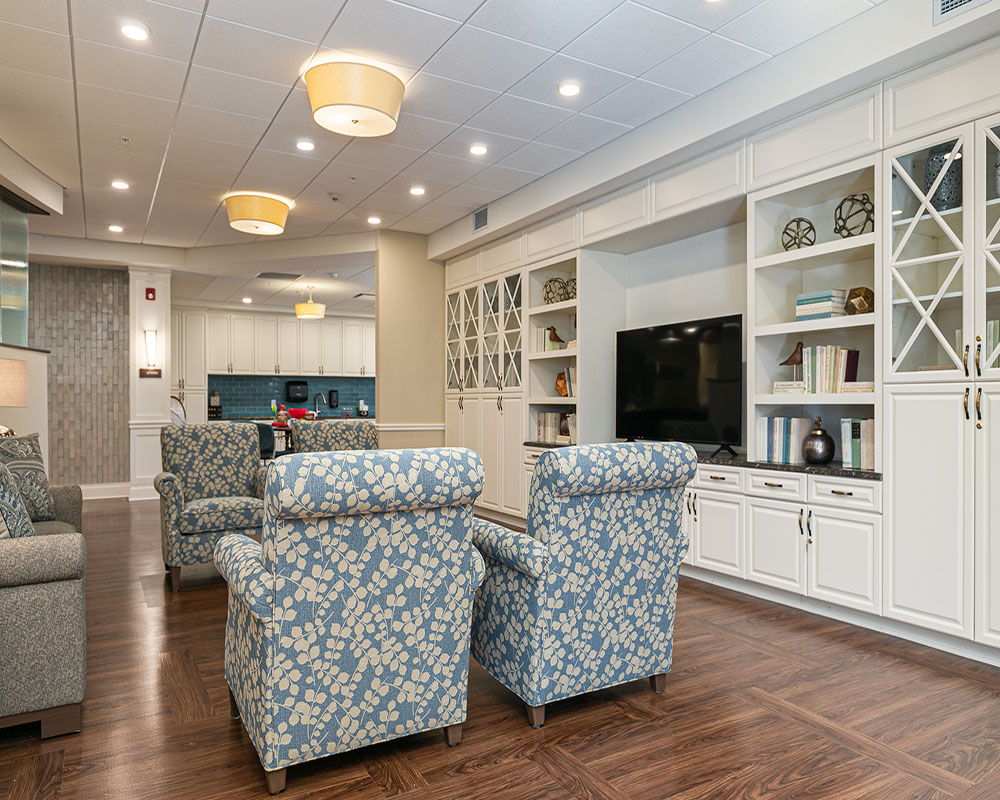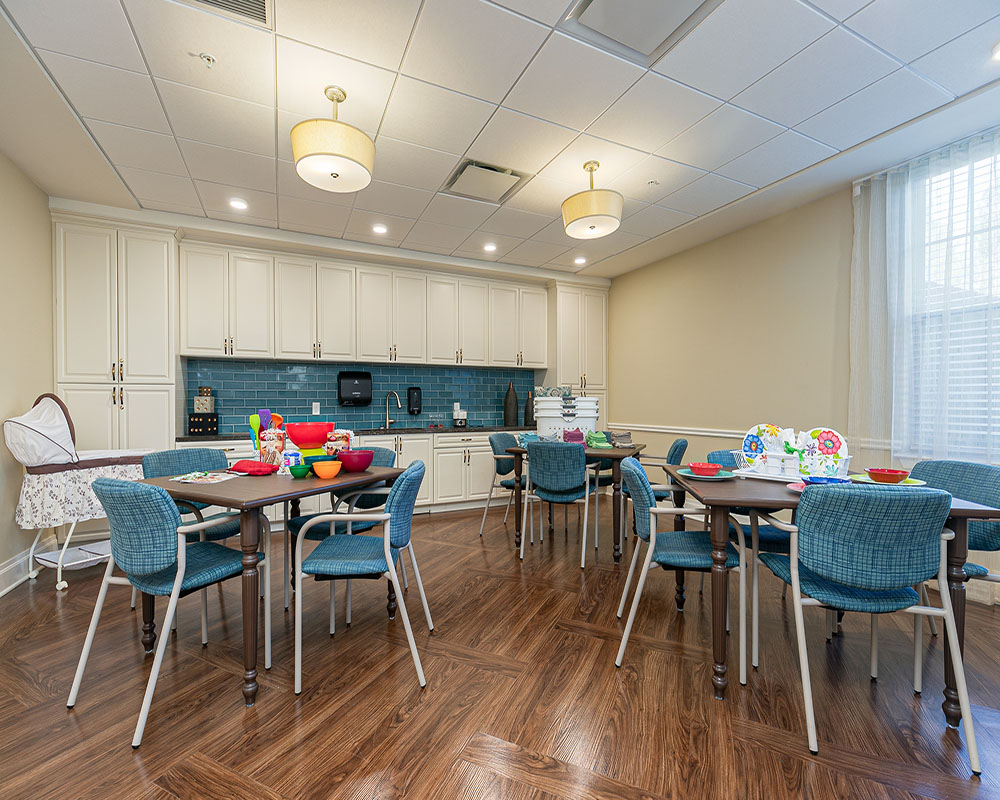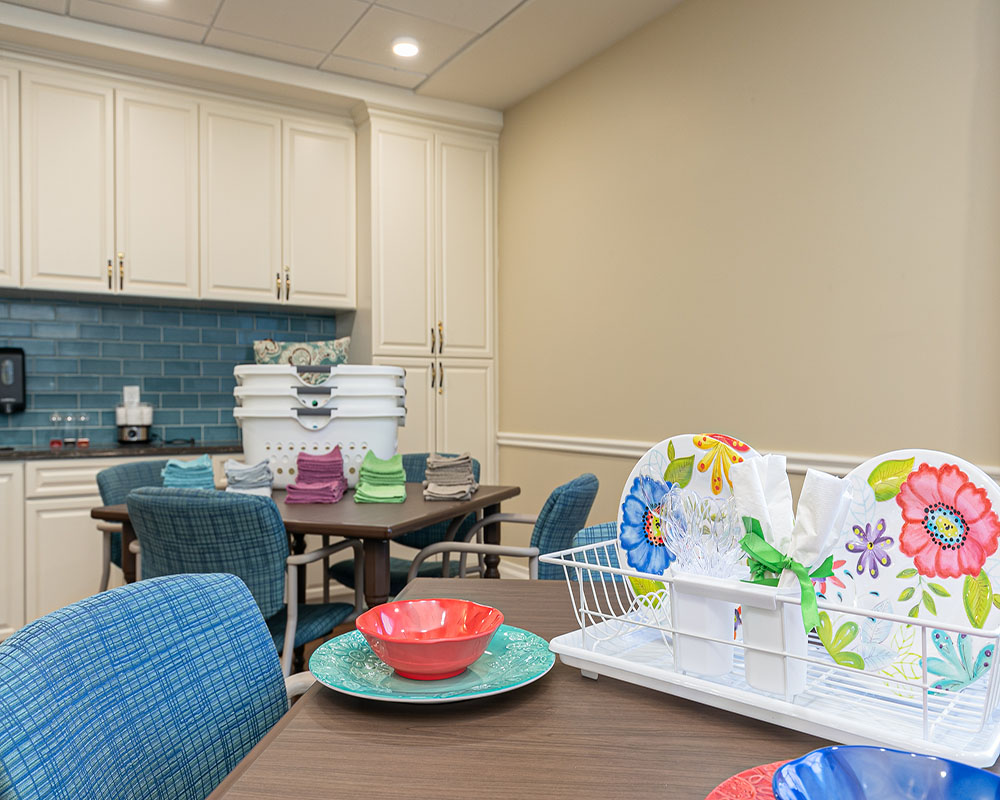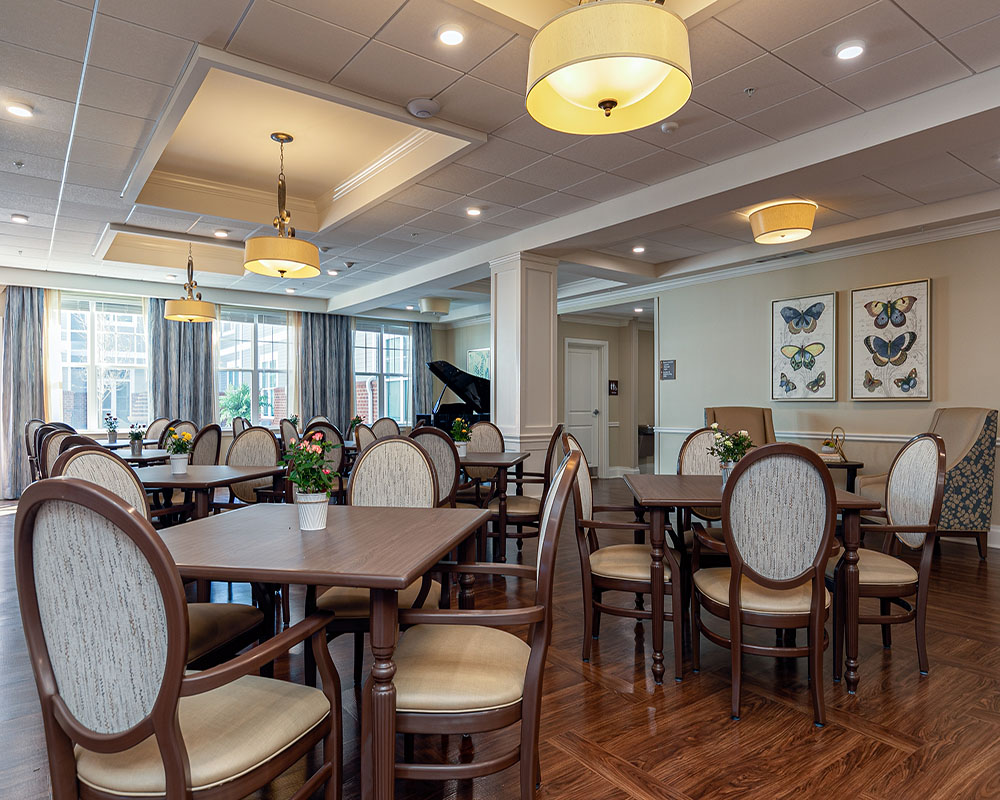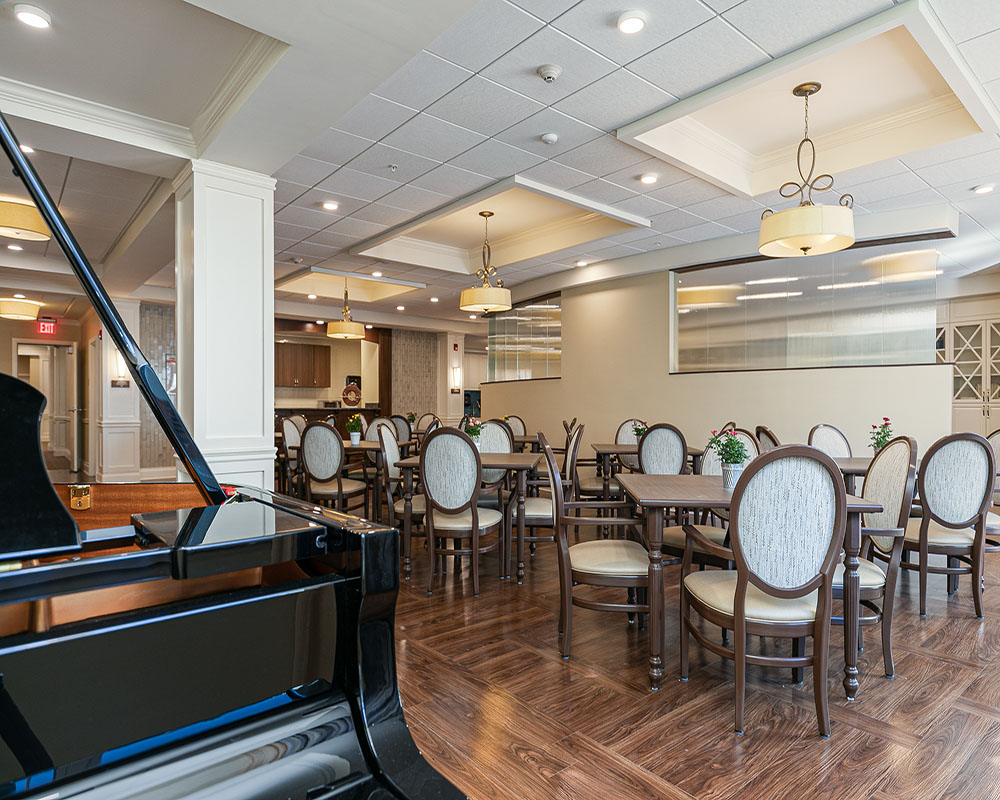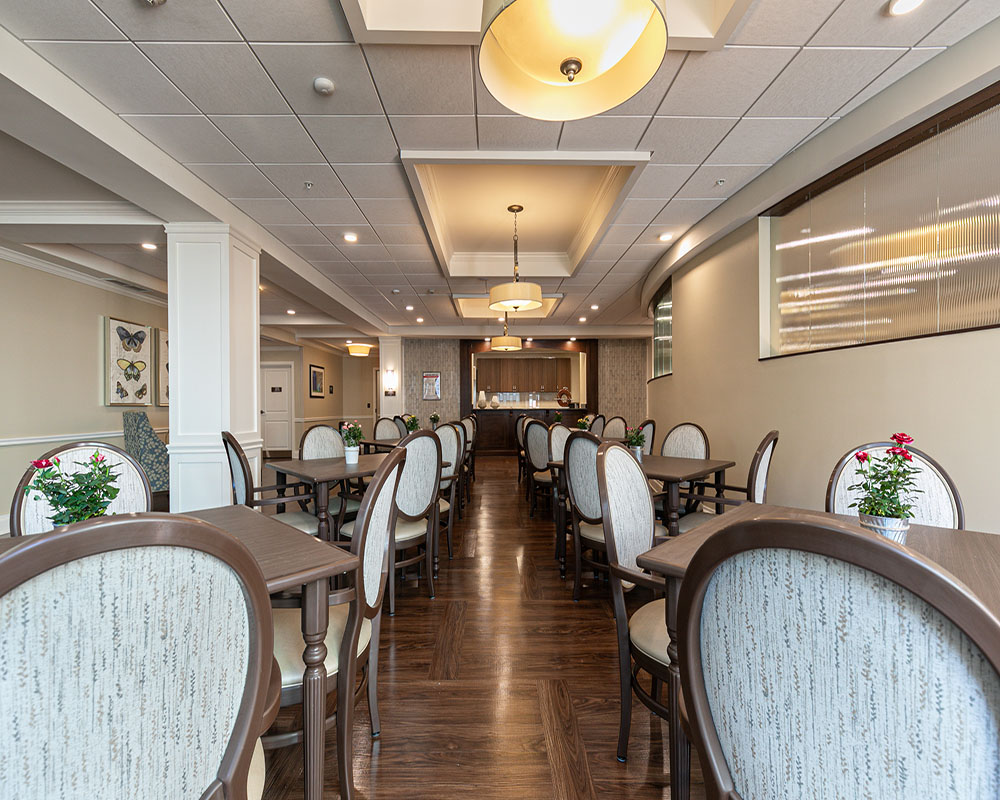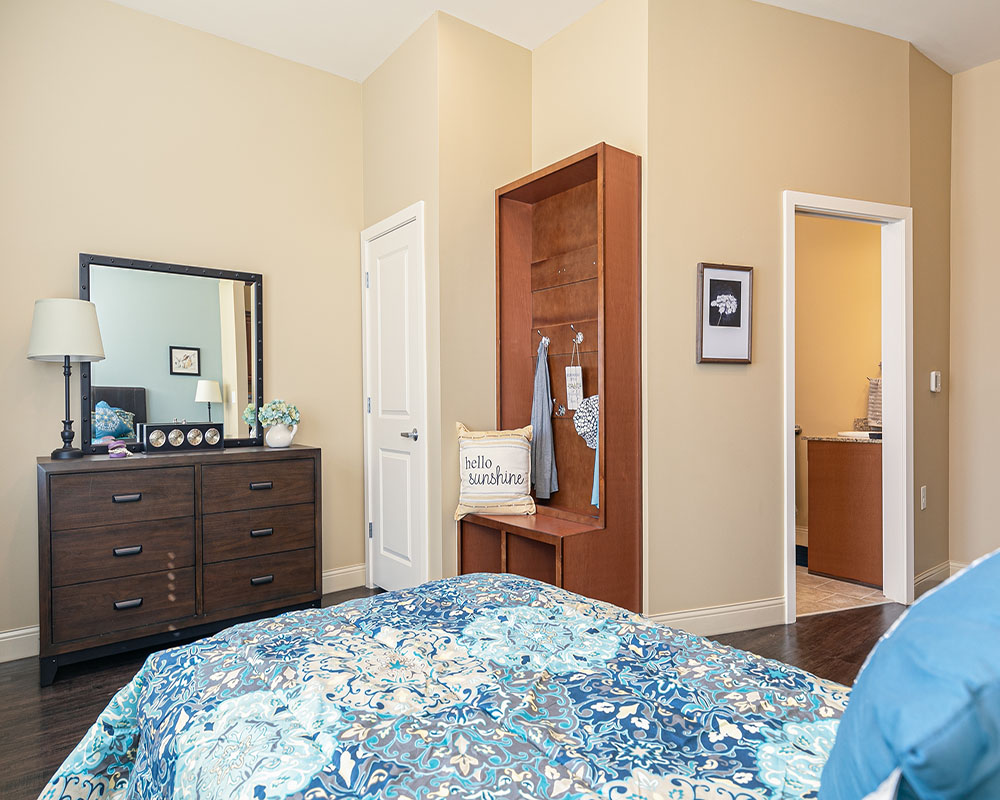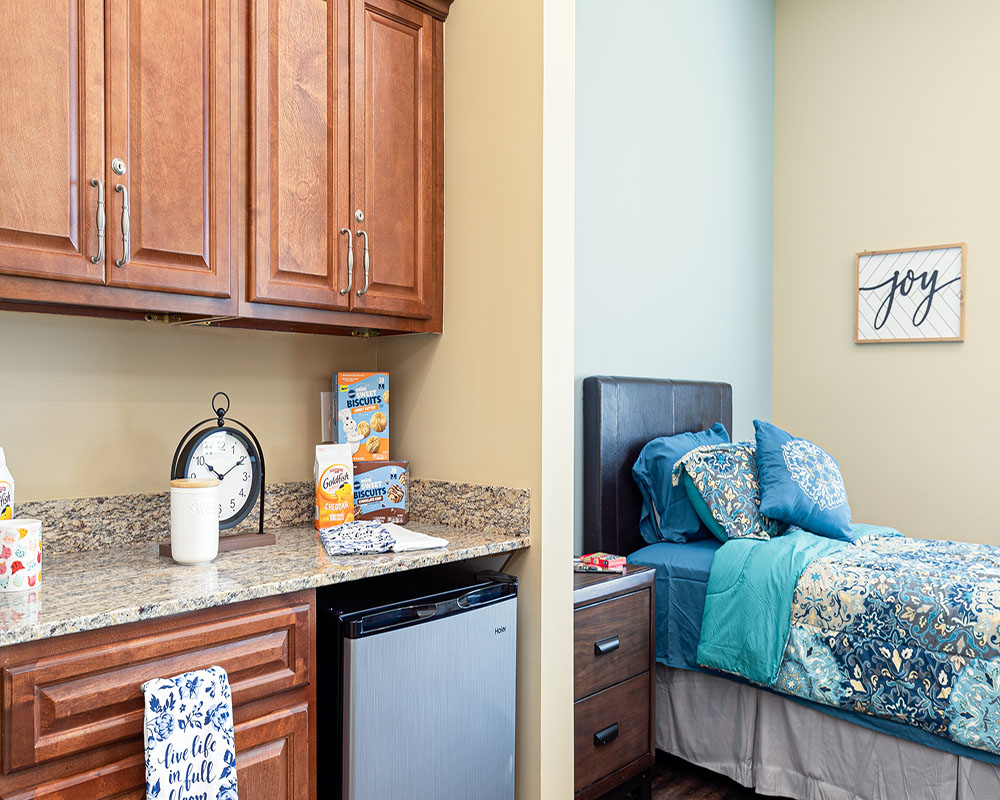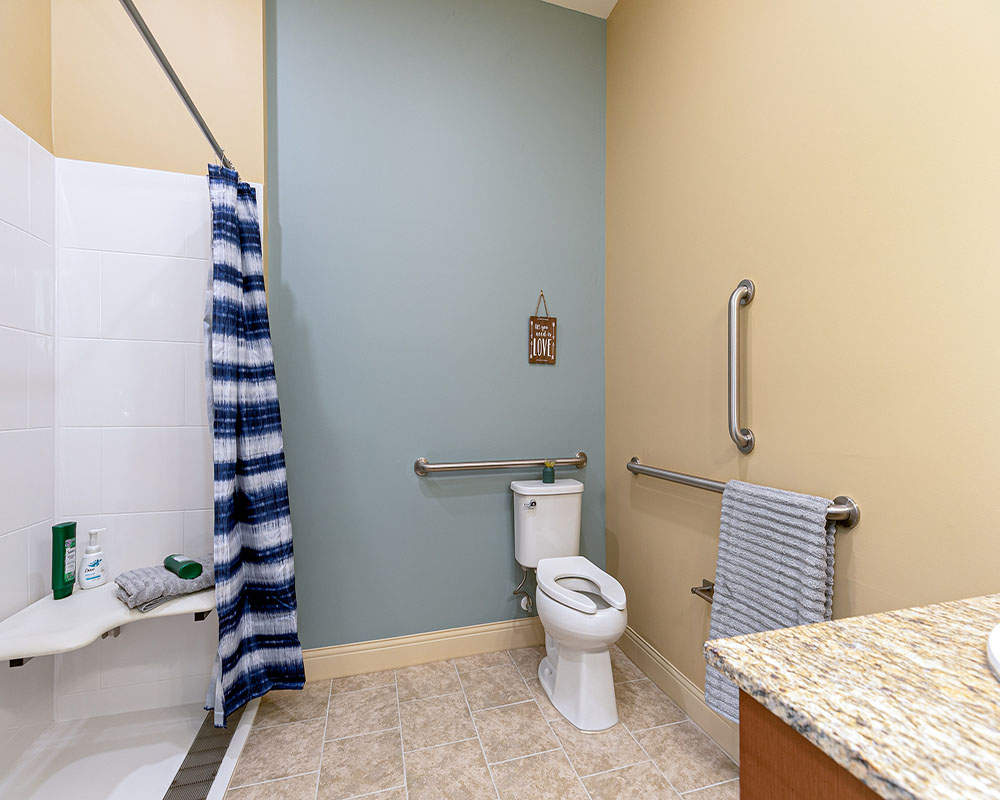Senior living is something that almost every person will someday have to consider for themselves or their family members. If you’re still healthy, it’s easy to put off making any decisions about senior living.
But with age and possibly mobility issues, maintaining a household while living alone can begin to feel more like a burden than a home. A move to senior living can offer different lifestyle options, independent and assisted living, for those retiring or looking for a little extra assistance.
So when is the right time or age to move to a senior living community? There isn’t one but keep reading to learn more about the signs that may indicate when it’s time to move, the levels of care offered by senior living, and its benefits.
signs that suggest when to move to senior living
There can be several reasons for wanting to move oneself or a loved one to senior living. Some older adults prefer a maintenance-free and active social lifestyle. Others have health or safety reasons.
Here are some signs that may indicate it’s the right time to move to senior living:

mobility issues
Mobility issues can include difficulty getting in and out of chairs or walking up and down the stairs without assistance. Frequent falls are also a sign they need help.
Aging in place does require making changes to the home for safety. If this is not possible, senior living can provide and ensure safety.
deterioration in health
A decline in health can include medical problems such as chronic illness, injury, and weight gain or loss from poor diet.
can’t keep up with activities of daily living (adls)
Can you complete basic ADLs, including looking after physical needs such as:
- Personal hygiene or grooming
- Dressing
- Toileting
- Moving or walking independently
- Eating
Can they complete more complex activities such as:
- Managing their finances
- Taking medications as prescribed
- Preparing or cooking food
- Housekeeping, maintenance, and yard upkeep
- Laundry
changes in personality
Changes in behavior that signal a move to senior living can include erratic behavior, mood swings, aggression, confusion, or memory loss. Other signs include depression and sadness from withdrawal, social isolation, or the loss of a spouse.
Levels of care in senior living
Depending on your needs, different levels of care are available in senior living communities. These can include independent living, assisted living, and memory support:
independent living
Independent senior living facilities give the residents the independence they seek while offering them the care they require, should they need it. They take care of day-to-day tasks, so you have more time to enjoy the things you love.
assisted living
Assisted living, as the name implies, offers some assistance to older adults. Residents are typically independent but can get help from staff with daily tasks, personal care, and medication reminders.
Residents have the freedom and opportunity to be engaged in activities and programs to foster community and wellness. Support services can include:
- Chef-prepared meals
- Individualized needs
- 24/7 trained, professional staff
- Home health, hospice, pharmacy, and wellness providers
- Physical, occupational, and speech therapy
- Transportation services
memory support
Memory care supports loved ones with Alzheimer’s and dementia with warm, comfortable spaces and enhanced security. It focuses on a holistic approach so residents can thrive.
benefits of senior living
With various options and levels of care, it’s not hard to understand why many older adults are embracing senior living communities. If you’re curious, here are some benefits of senior living:
convenience
Senior living offers the convenience of a maintenance-free lifestyle with more time to socialize and take up hobbies.
safety & security
Safety and security are a big concern for older adults living alone. Senior living communities offer an independent lifestyle with safety measures to ensure peace of mind.
enagaging social life
Loneliness and social isolation are common issues among older adults. Senior living communities offer many services, amenities, and experiences for residents to build relationships, foster connections, and make memories.
overall well-being
Purposefully designed with all aspects of well-being in mind, senior living offers:
- Chef-prepared meals to meet nutritional and dietary needs
- Enriching social atmosphere
- Indoor and outdoor spaces
- Educational activities
- Fitness programs
personalized senior living
Senior communities offer a wide variety of housing options for people at any stage of the aging process. Whether you want to maintain independence, get as much help as you need, or just somewhere that makes sense financially, Silver Comet Senior Living has an option.
Contact us to talk to our friendly team or book a tour to learn more about senior living.








